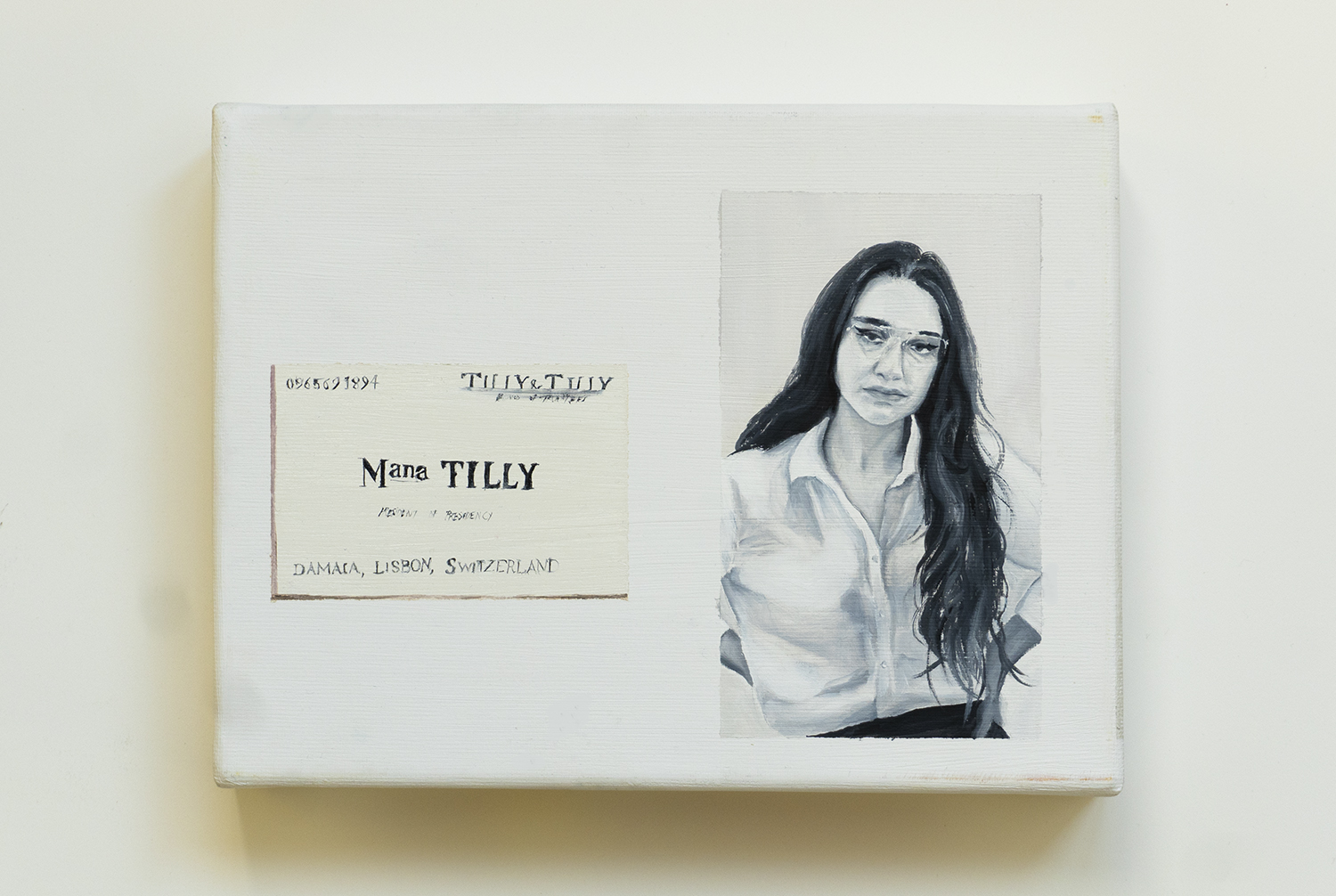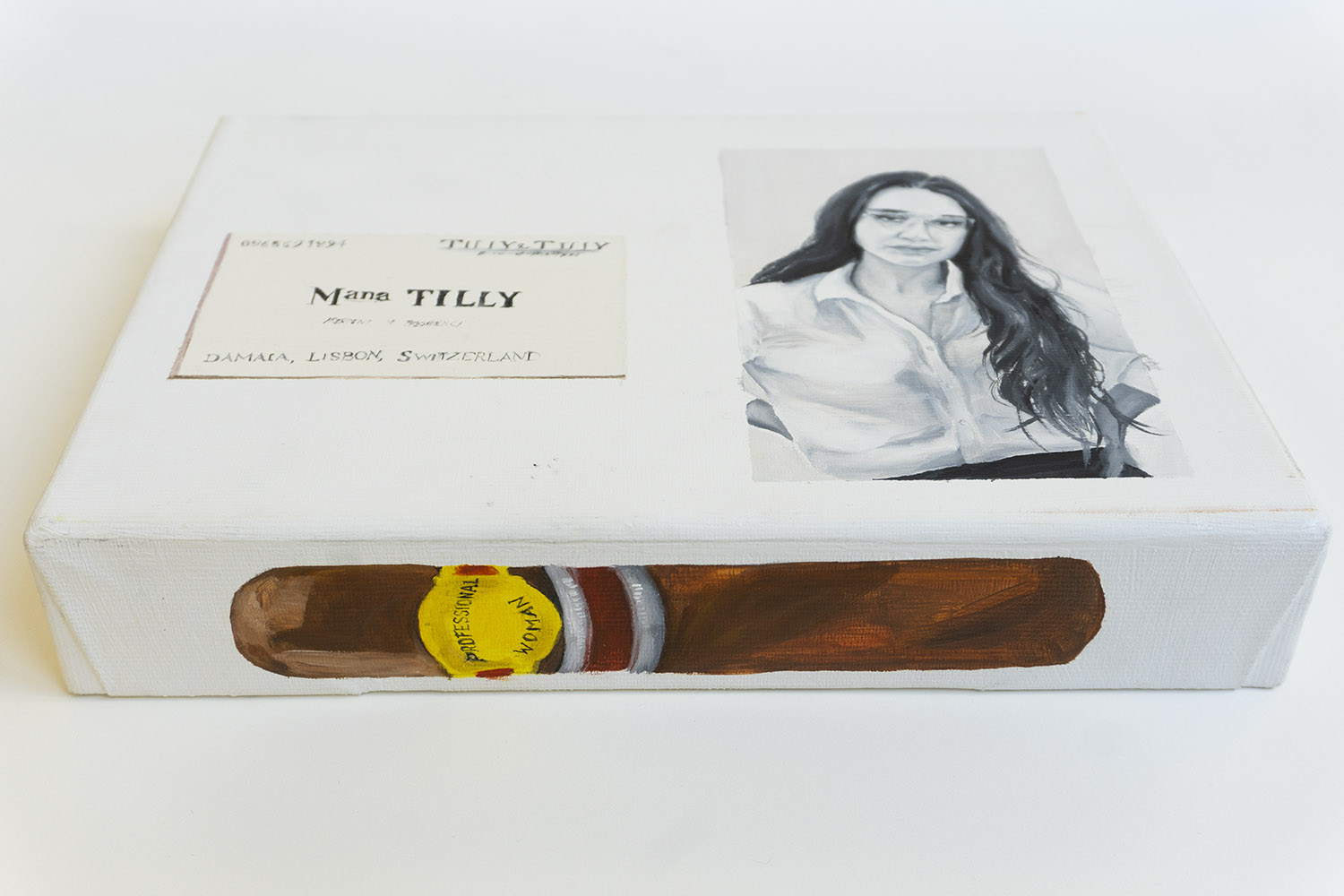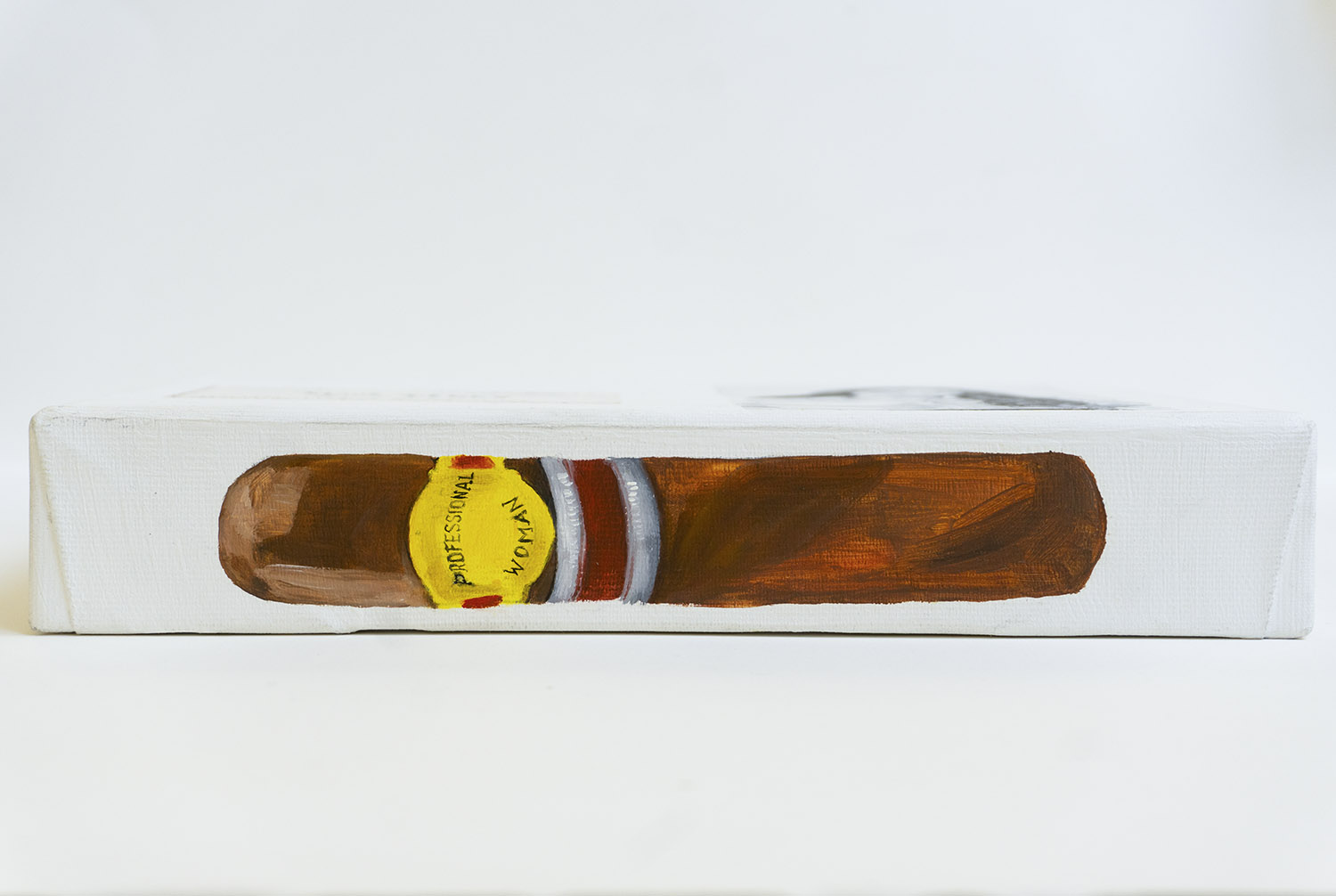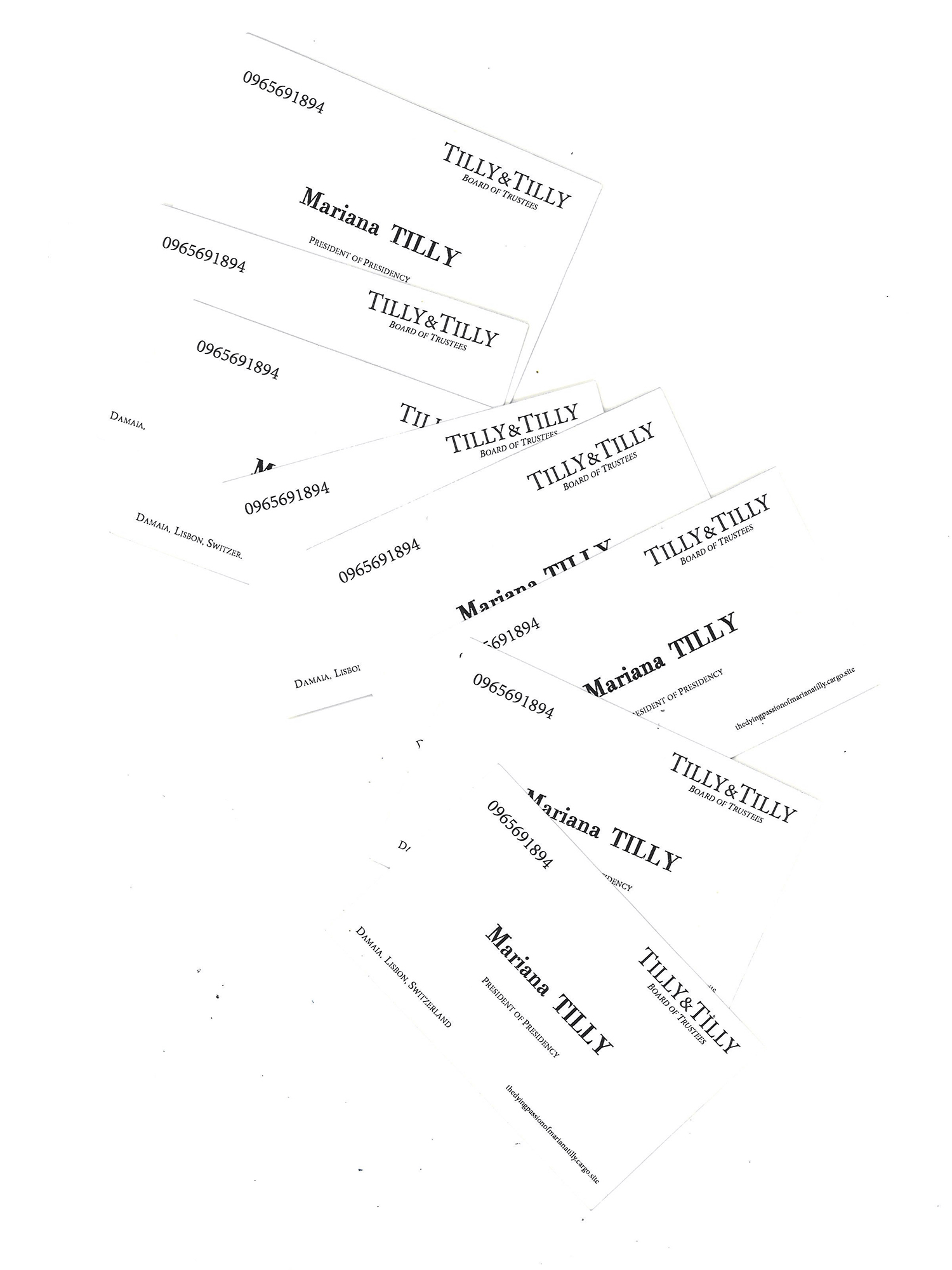

Reflexive Arbeiten 2021
Master Fine Arts, Institut Kunst Gender Natur
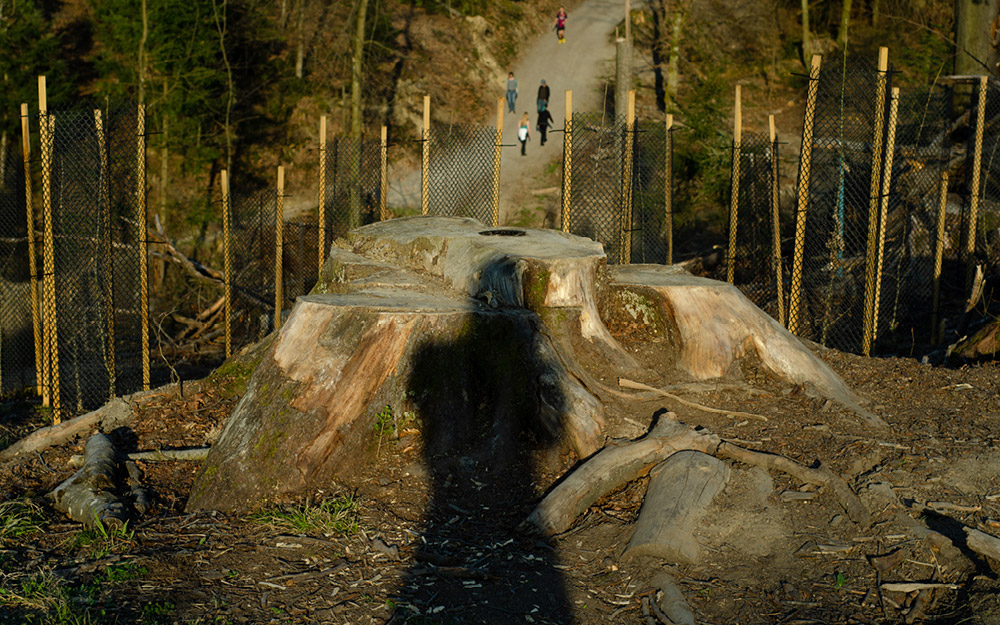
The forest anywhere
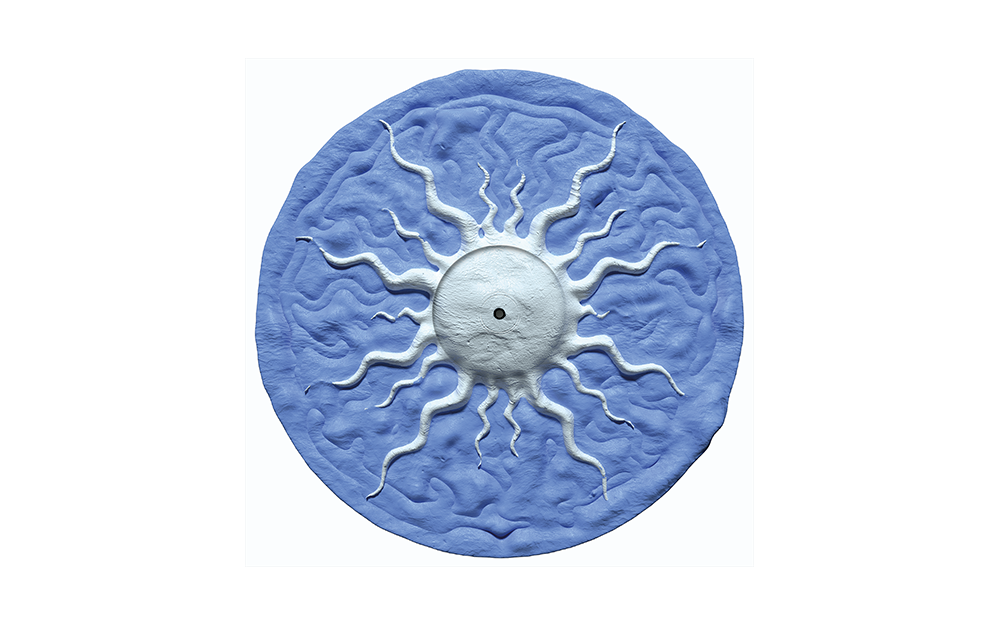
YUNAEON
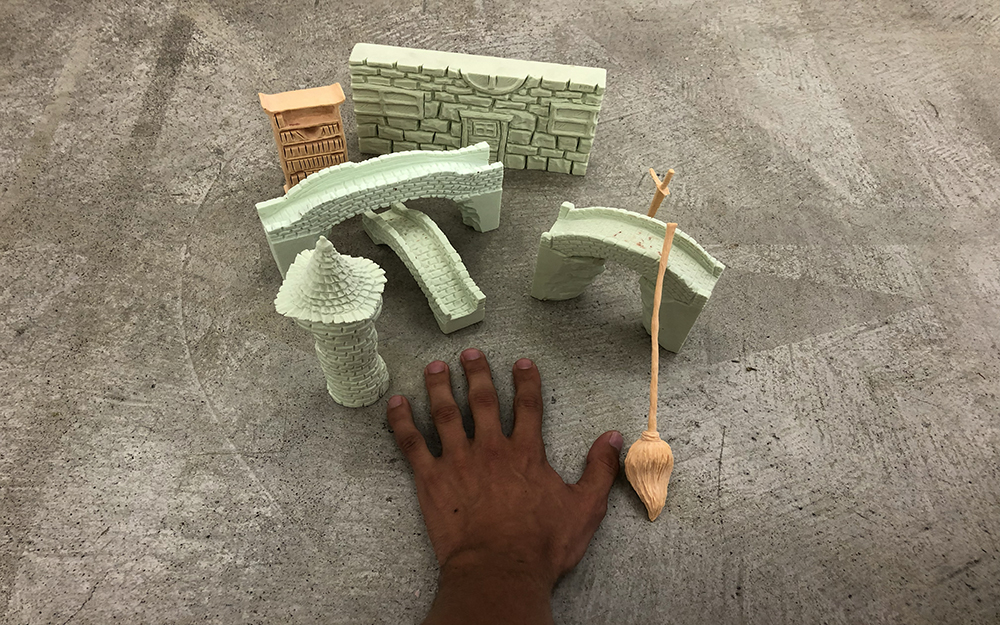
Brücken Bauen
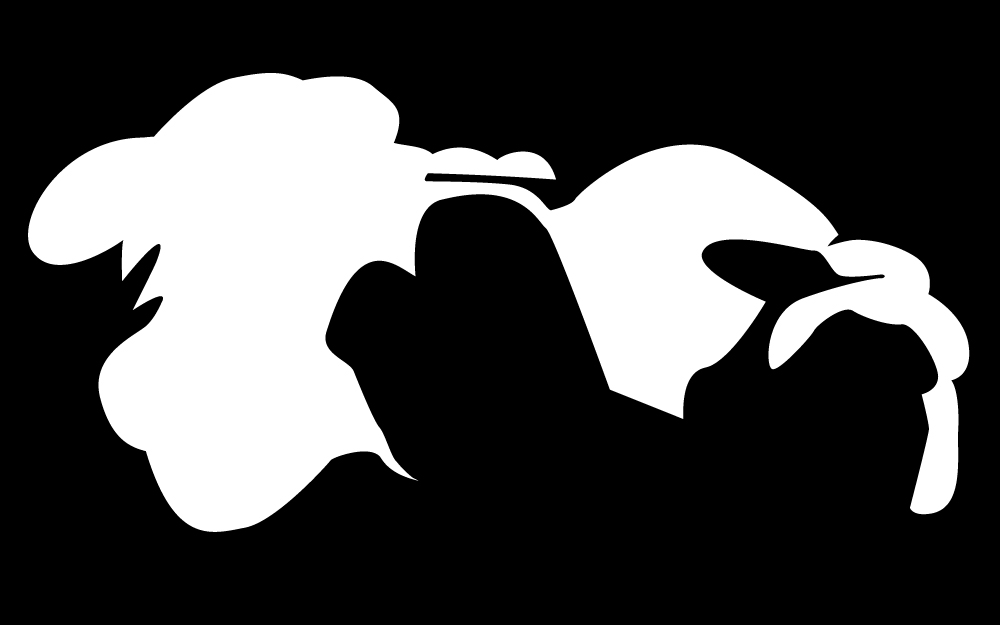
UTOPIA IS A FEELING
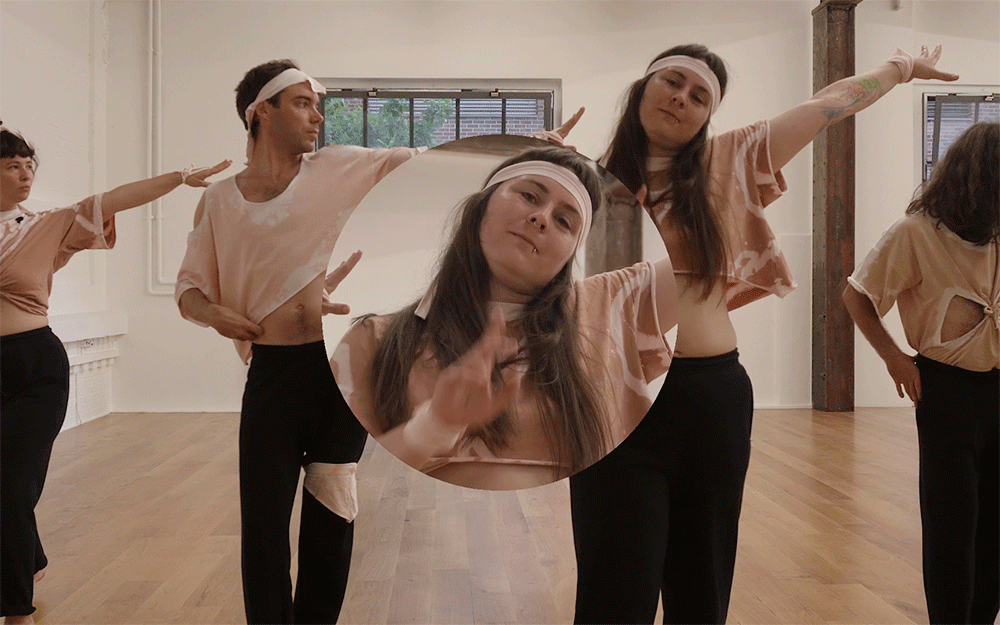
Dance Tutorial | LYSANN - Numb
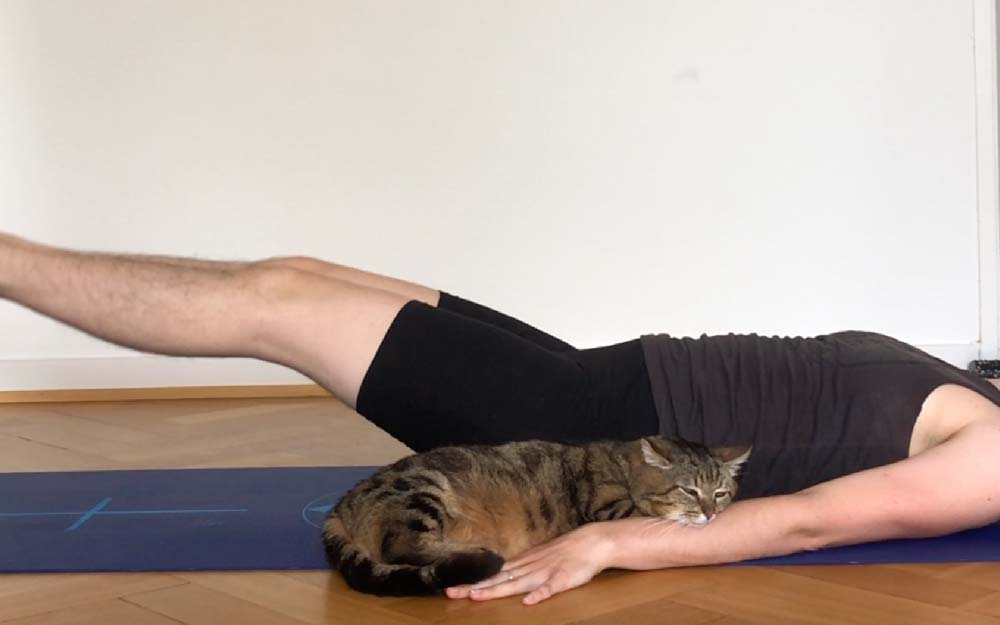
6
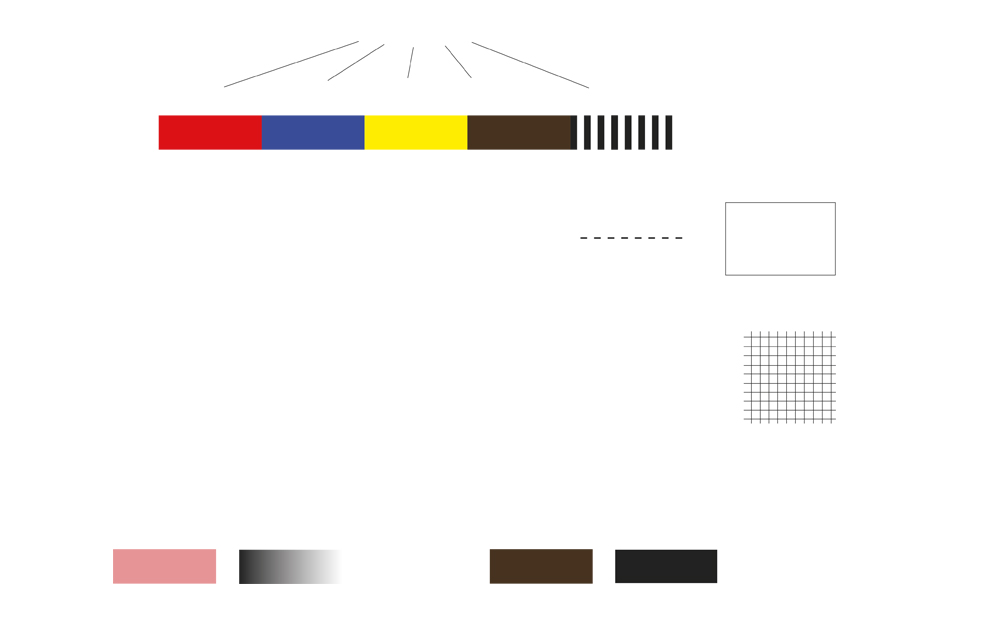
Das Mörschiversum
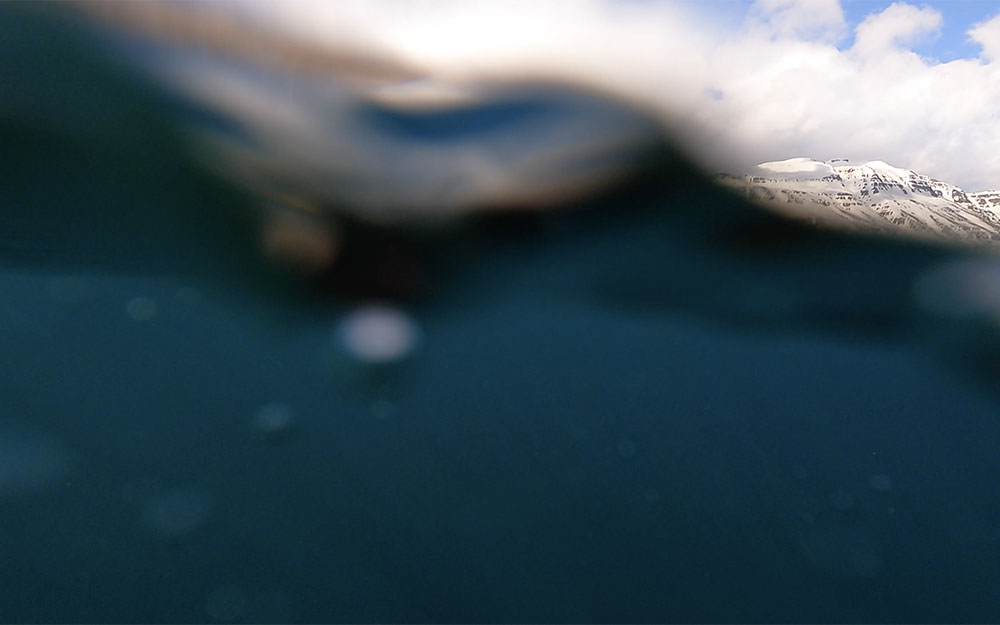
to neither rise nor sink
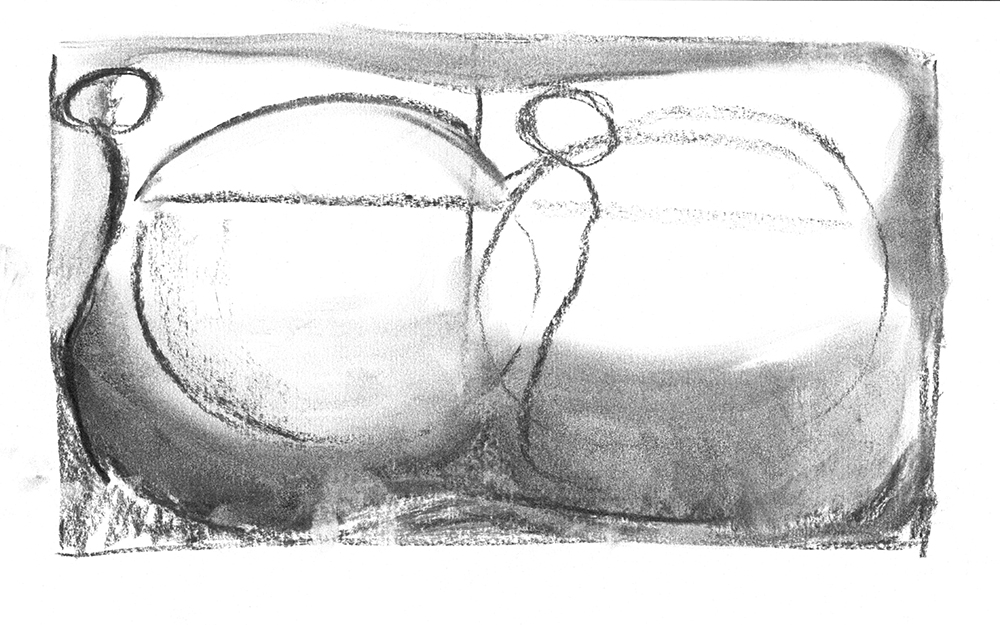
Something that holds something else
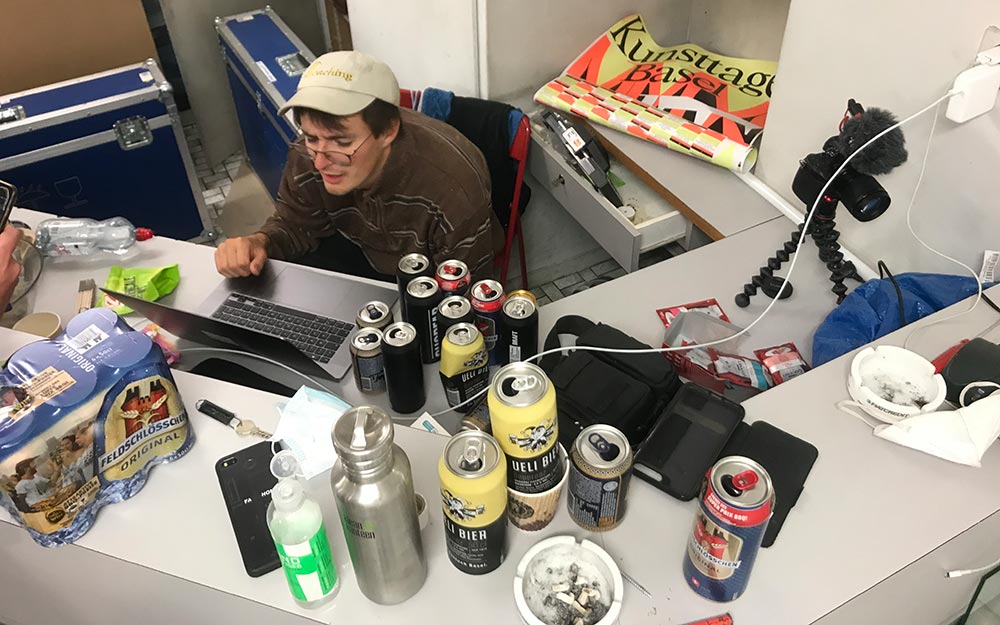
Hotel Simplon at Giulietta Basel 2021
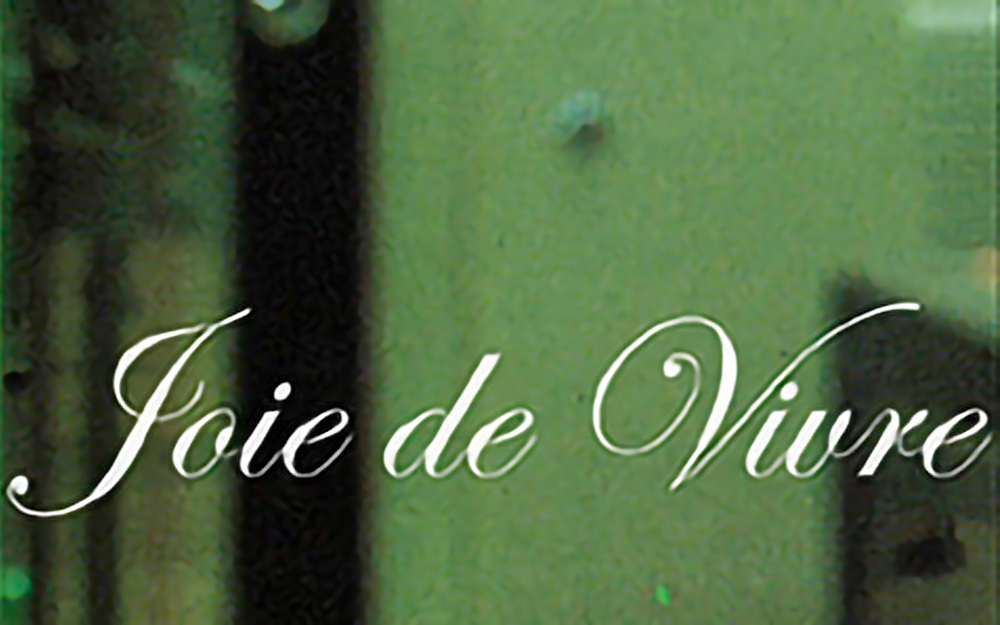
Joie de Vivre
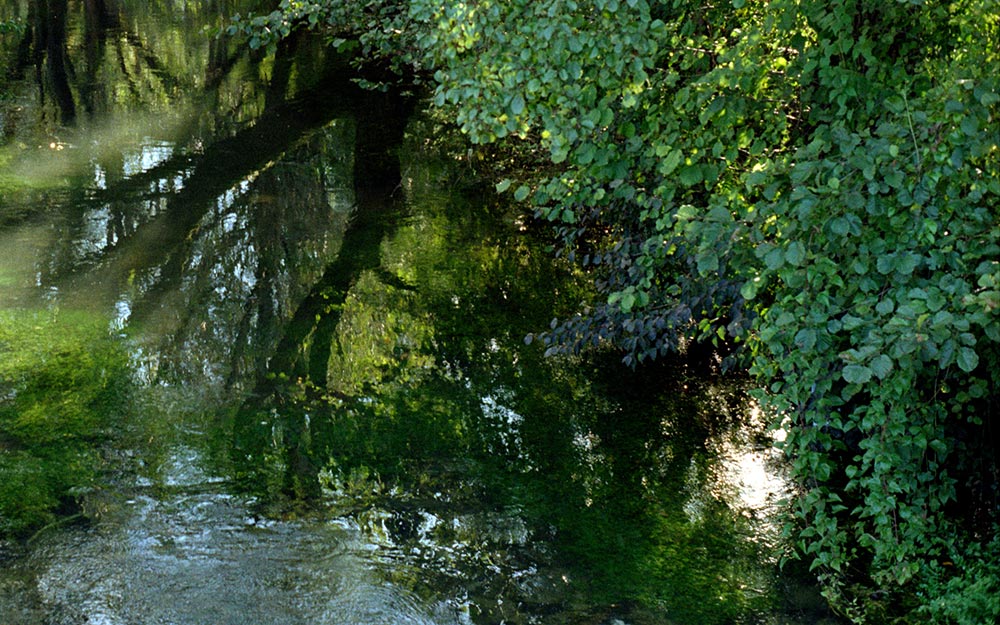
Grün
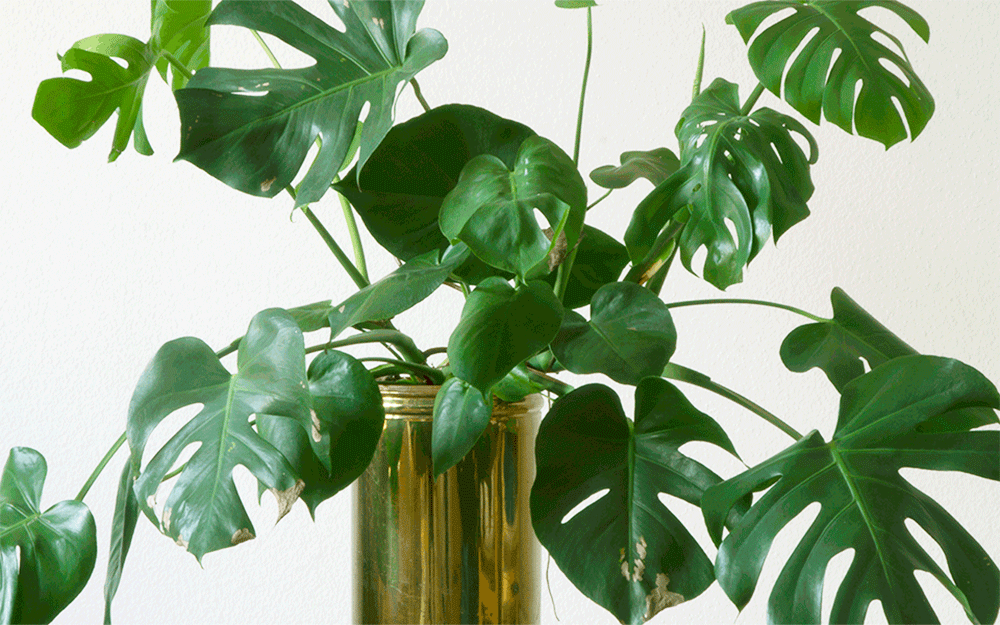
What does it take (to win your love for me)
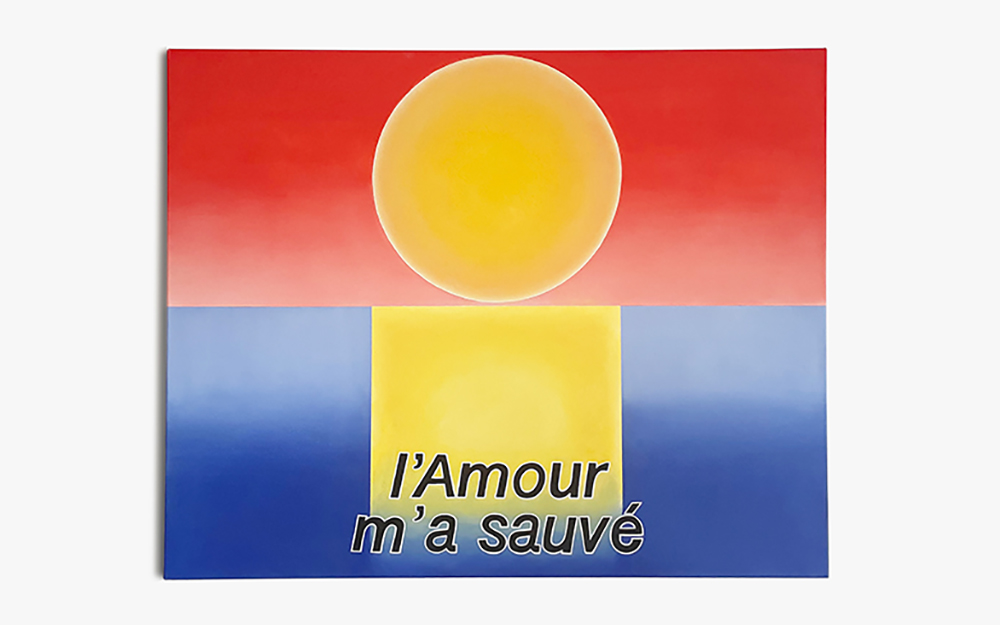
Existential crisis

I Imagine a Pass in My Head
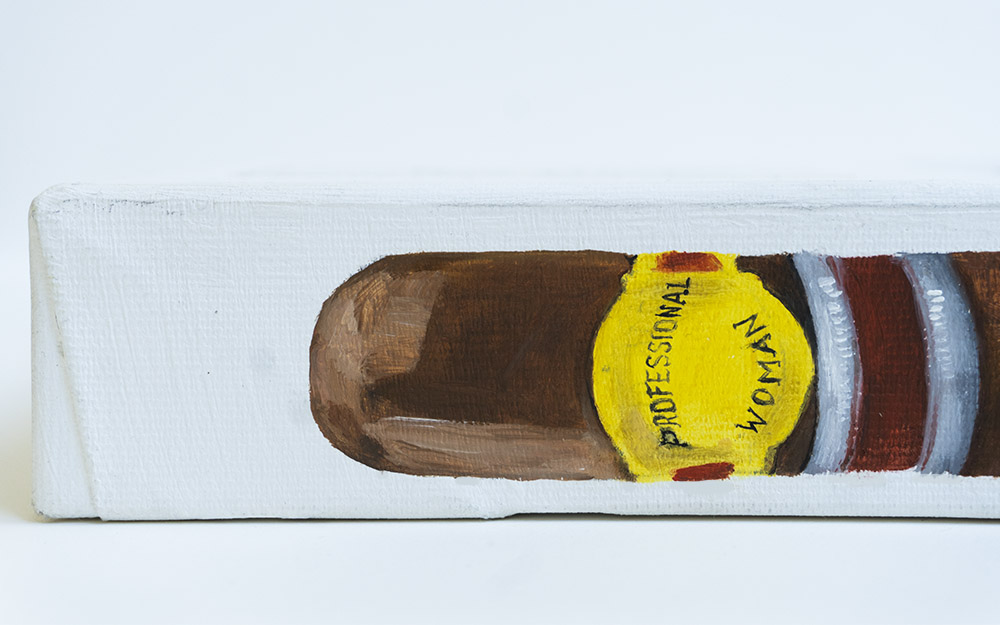
MULHER PROFISSIONAL

Die reflexive Arbeit ist ein Gefäss, in dem die Kunst über sich selbst nachdenken kann via Künstler, eine Einladung, an diesem Denken teilzunehmen, Fragen zu stellen und in ein Gespräch zu geraten. Dieses Gefäss ist jeweils zu erfinden, deshalb ist die reflexive Arbeit ein Experiment. Es geht nicht um fertige Texte, Abhandlungen, Meinungen, theoretische Erörterungen, etc., sondern um eine jeweils spezifische Form der Selbstbestimmung. weiter...
Die reflexive Arbeit 1
ist ein Gefäss, in dem die Kunst über sich selbst nachdenken kann via Künstler, eine Einladung, an diesem Denken teilzunehmen, Fragen zu stellen und in ein Gespräch zu geraten. Dieses Gefäss ist jeweils zu erfinden, deshalb ist die reflexive Arbeit ein Experiment. Es geht nicht um fertige Texte, Abhandlungen, Meinungen, theoretische Erörterungen, etc., sondern um eine jeweils spezifische Form der Selbstbestimmung. Sie muss nicht sprachlich sein, nicht schriftlich und auch nicht in irgendeinem Medium festgehalten werden. Entscheidend ist ihre Möglichkeit, Räume zu öffnen fürs Denken und Sprechen und einzustimmen in die mentalen Umgebungen der Werke. Eine reflexive Arbeit kann ein mündlicher Bericht über Lektüre sein, es können Interviews, Schlafprotokolle, Filme, Musik ... Mitschriften von nie stattgefundenen Treffen sein, wichtig ist: sie sollte sich öffnen wollen, ein Gesprächsangebot machen, sie sollte Lust haben und Lust darauf machen, etwas in die Karten zu schauen, sich in die Karten schauen zu lassen, ins Handwerk, in die Motivation, in das Nichtwissen, in den Antrieb und in die Wege der Kunst. Es geht um kein schweres schwitzendes Beackern und Zerhacken der eigenen Kreationen, sondern auch um den inspirierenden und leichten, mutigen und oft paradoxen, verblüffenden Funken beim Denken. Und ja, dieser denkende Moment wohnt dem Kunstwerk selbst natürlich bei und inne. Die reflexive Arbeit macht per leichter Verschiebung und Betonung darauf aufmerksam.
reflexive work 1
is a container in which art can think about itself via artists, an invitation to participate in this thinking, to ask questions and to get into a conversation. This container has to be invented, therefore the reflexive work is an experiment. It is not about finished texts, essays, opinions, theoretical discussions, etc., but about a specific form of self-determination. It does not have to be linguistic, written or in any medium. What is decisive is its ability to open spaces for thinking and speaking and to tune into the mental environments of the works. A reflective work can be an oral report about reading, it can be interviews, sleep logs, movies, music... It can be a record of meetings that never took place, important: it should want to open itself, make an offer to talk, it should have desire and make desire to look something into the cards, to let itself be looked into the cards, into the craft, into the motivation, into the ignorance, into the drive and into the ways of art. It's not about heavy sweating and chopping up your own creations, but also about the inspiring and light, courageous and often paradoxical, astonishing spark of thought. And yes, this thinking moment is naturally inherent in the work of art itself. The reflexive work draws attention to this by means of a slight shift and emphasis.
Die reflexive Arbeit 2
ist ein Gefäss, dass jeweils neu zu erfinden ist. Es möchte Raum für Einsicht bieten, Innenansichten, Aussenansichten, Eigeneinsichten und ein Gespräch suchen mit anderen Ansichten und Sehansätzen. Zunächst möchte dieses Gefäss der Kunst und dem Kunstwerk, der künstlerischen Arbeit, Möglichkeit bieten, mit sich selbst zu sprechen und dann den Künstlern, ihre Positionen, Haltungen, Zweifel, Methoden und Vorbilder, Absichten, Geheimnisse und Motivationen, Lieben und Ängste denkend und somit denkend handelnd, auszuprobieren. Denken ist immer persönlich. Mut gehört dazu, Mut Fehler zu mache, nackt da zu stehen, sich zu verirren oder etwas zu denken, was weh tut. Die reflexive Arbeit möchte dies arteigen tun, mit Leichtigkeit abheben, schweben, fliegen oder auch mit Schwermut, ackernd wie ein Gaul. Sie weiss, dass sie in ihrer eigenen Zeit statt findet und für sie blind ist. Sie sucht nach Selbstbestimmung und Selbstsetzung und sie weiss, dass Sätze alleine noch gar kein Anzeichen von Bewusstsein sind. Oder denkt das Ornament? Der Mut und die Freiheit selbst zu denken ist nicht selbstverständlich und besonders in Ausbildungszusammenhängen ein kostbares und zu schützendes Gut. Die reflexive Arbeit kann in jedem Medium statt finden. Es kann eine Beerdigung sein, ein Konzert, eine Führung, Brot backen, Menschen bauen, Steine hauen, Sendemaste vergolden, Tarotkarten deuten, ... wichtig ist, dass sich in ihr das künstlerische Tun und Treiben selbst begegnet, begehbar ist und offen, Lust auf die sogenannte Begegnung hat mit dem was gerade nicht Kunst ist und Kunst als Kunst erkennen will.
reflexive work 2
is a container that must always be reinvented. It wants to offer space for insight, interior views, exterior views, personal insights and a conversation with other views and visual approaches. First, this container of art and the work of art, of artistic work, wants to offer an opportunity to speak to oneself and then to try out the artists, their positions, attitudes, doubts, methods and role models, intentions, secrets and motivations, loving and fearing and thus thinking. Thinking is always personal. Courage requires courage to make mistakes, to stand naked, to get lost or to think something that hurts. The reflexive work wants to do this with ease, take off, float, fly or even with melancholy, farming like a horse. It knows that it takes place in its own time and is blind to it. It is looking for self-determination and self-setting and it knows that sentences alone are no sign of consciousness. Or does the ornament think? The courage and freedom to think for oneself is not a matter of course and, especially in educational contexts, a precious commodity that must be protected. Reflective work can take place in any medium. It can be a funeral, a concert, a guided tour, baking bread, building people, cutting stones, gilding transmission masts, interpreting tarot cards,... it is important that in it the artistic activity meets itself, is accessible and open, has desire for the so-called encounter with what is not art and wants to recognize art as art.
Die reflexive Arbeit 3
ist eine leichte und schöne Sache. Bevor sie leicht und schön ist kann sie hart, schwer und unangenehm sein. Meist läuft sie durch einen Nullpunkt von gar nichts will mehr gehen und verstehen, dann öffnet sich das Gate wie von alleine.
reflexive work 3
is an easy and beautiful thing. Before it is light and beautiful, it can be hard, heavy and unpleasant. Usually it runs through a zero point of nothing wants to go and understand anymore, then the gate opens by itself.
Die reflexive Arbeit 4
gibt es nicht. Sie ist immer anders. Sie ist lebendig. Füttern und streicheln erlaubt!
the reflexive work 4
there is not any. It is always different. It is alive. Feeding and caressing allowed!
Birgit Kempker
The forest anywhere
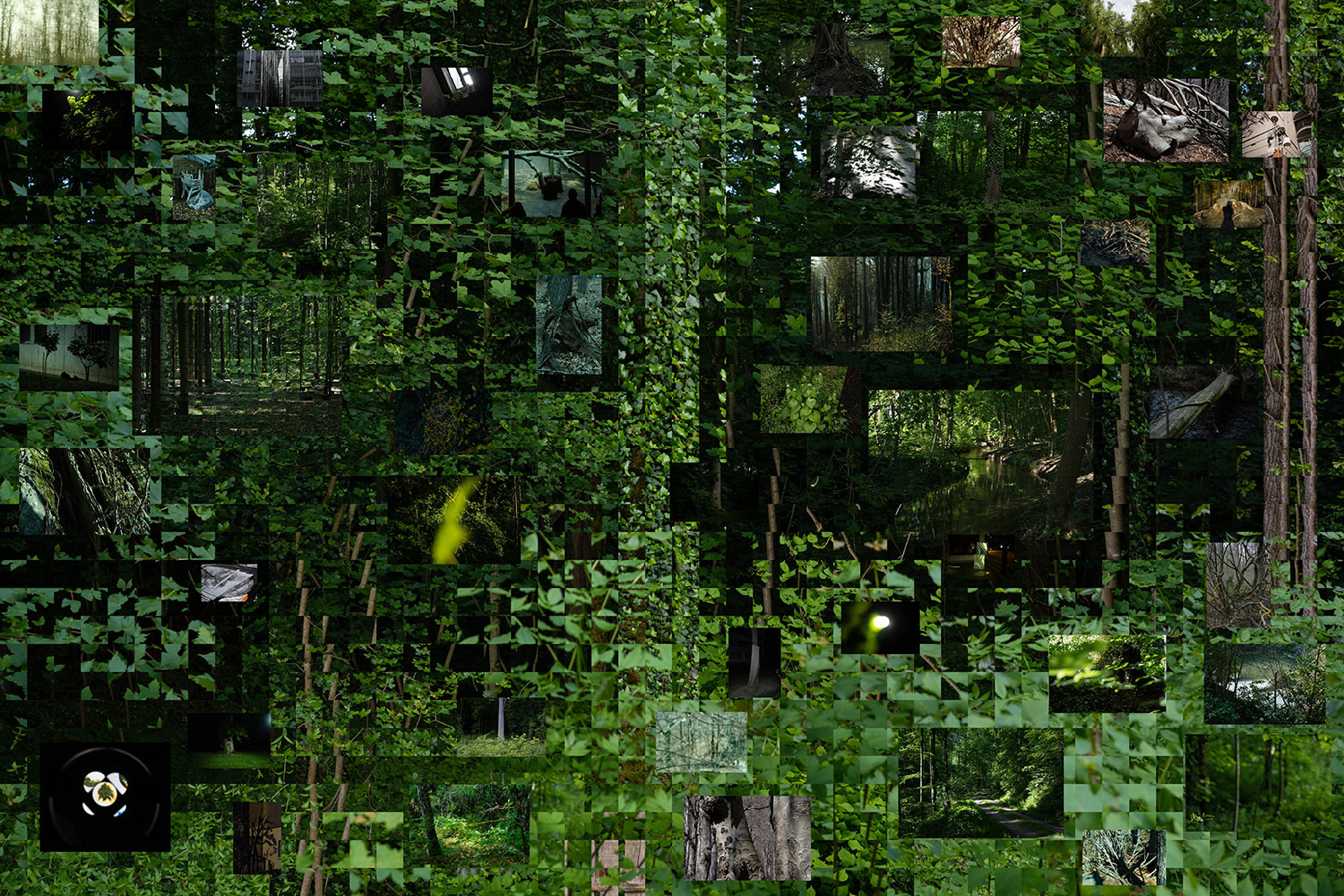
YUNAEON
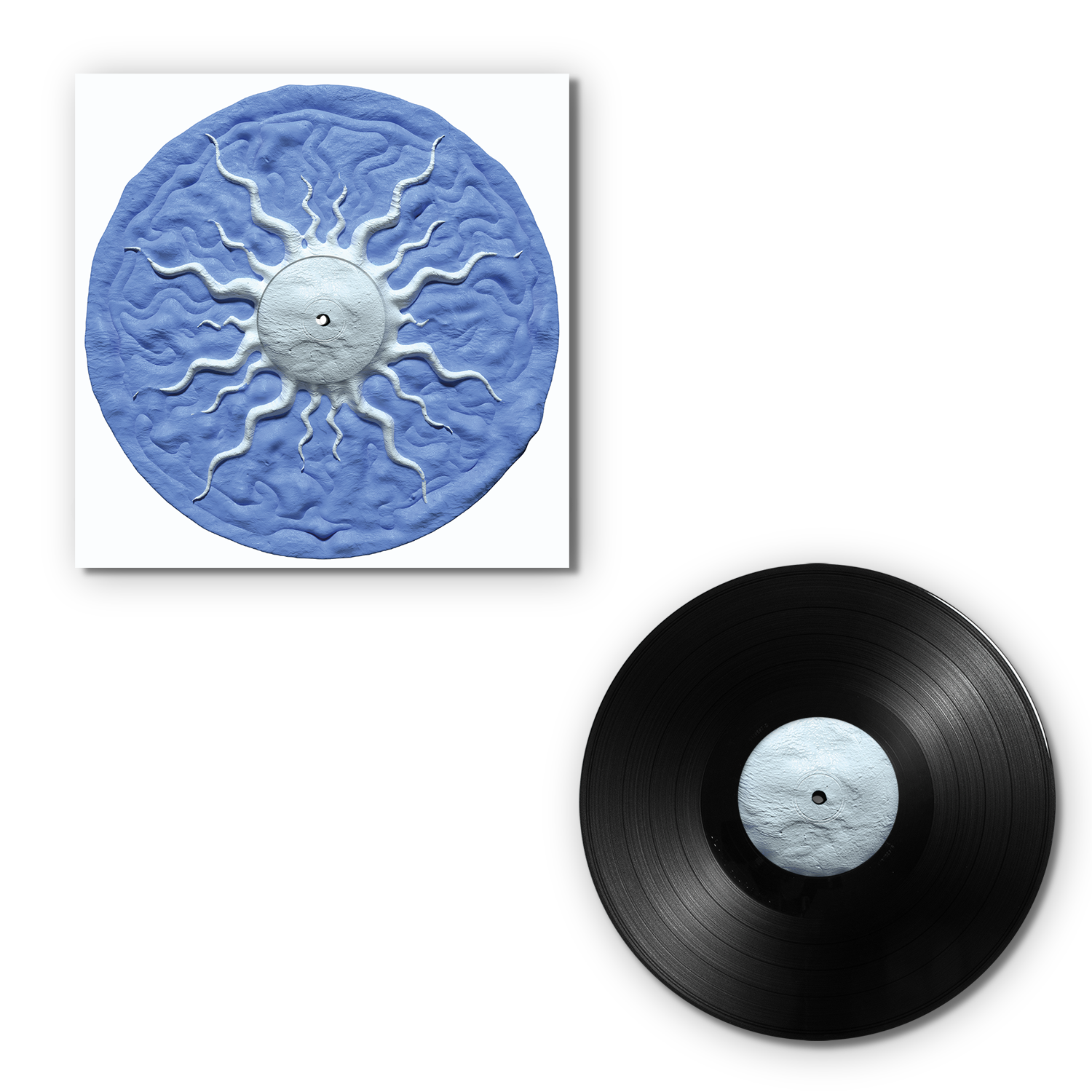
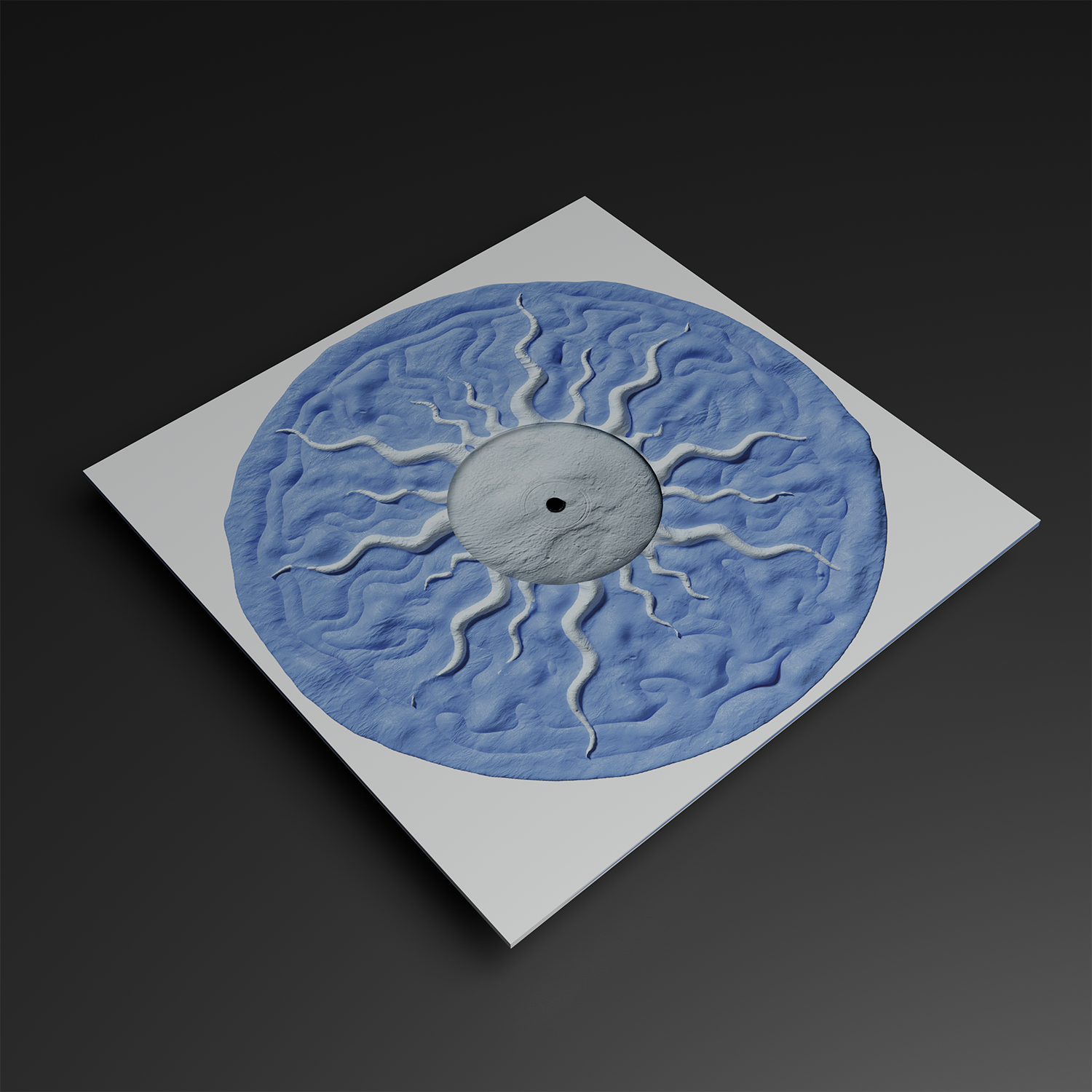
Brücken Bauen






UTOPIA IS A FEELING
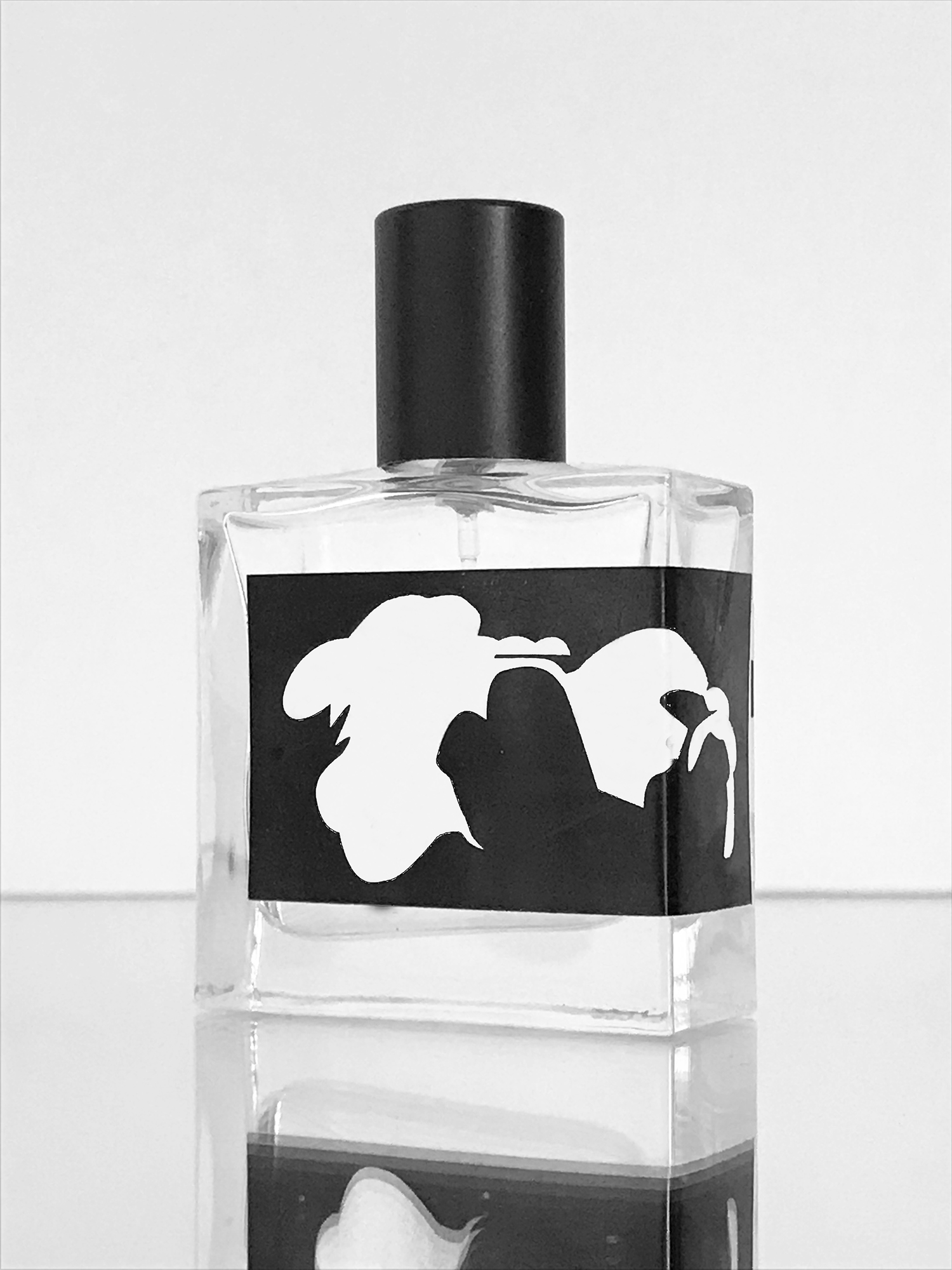
Dance Tutorial | LYSANN - Numb
6
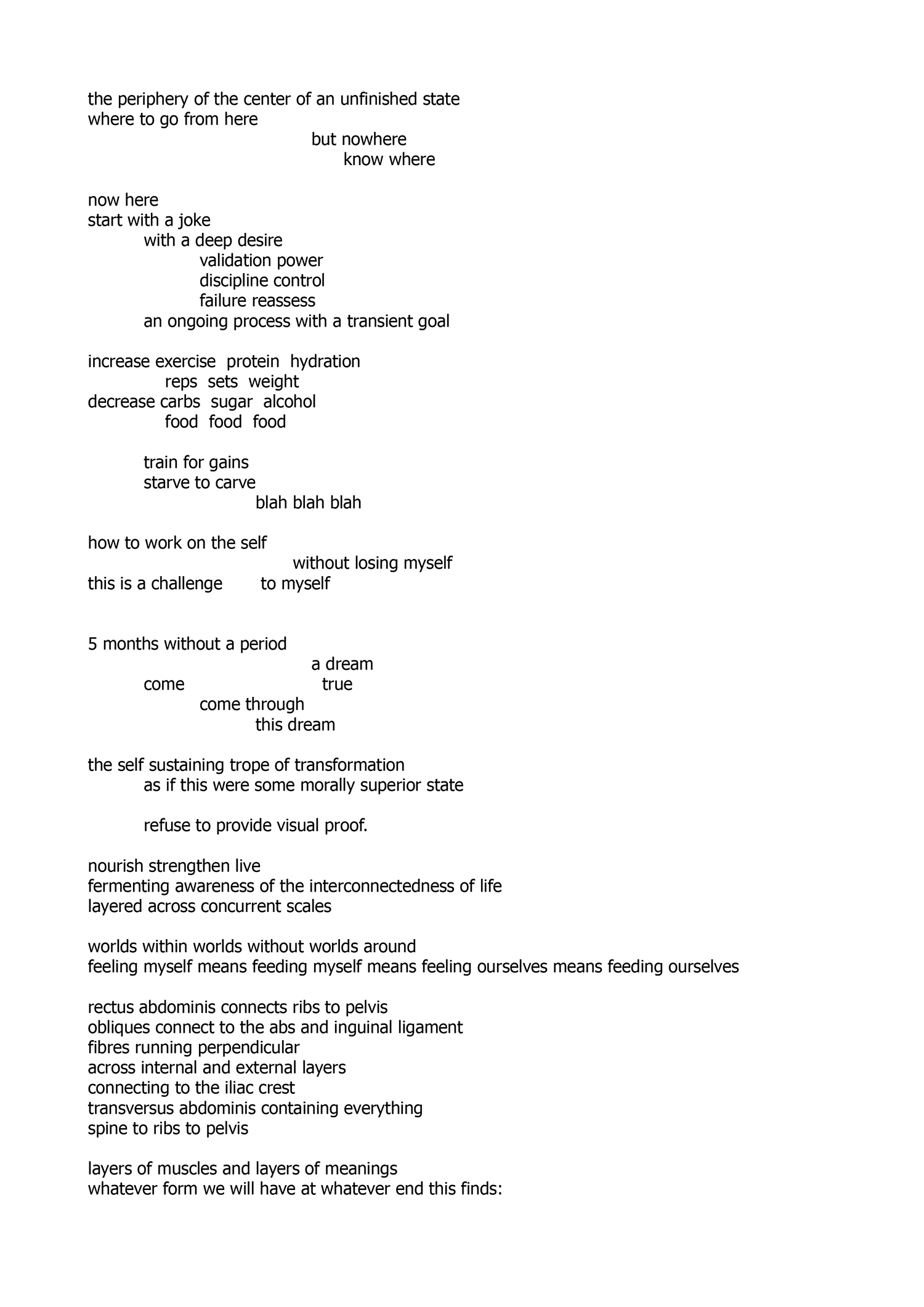
Das Mörschiversum
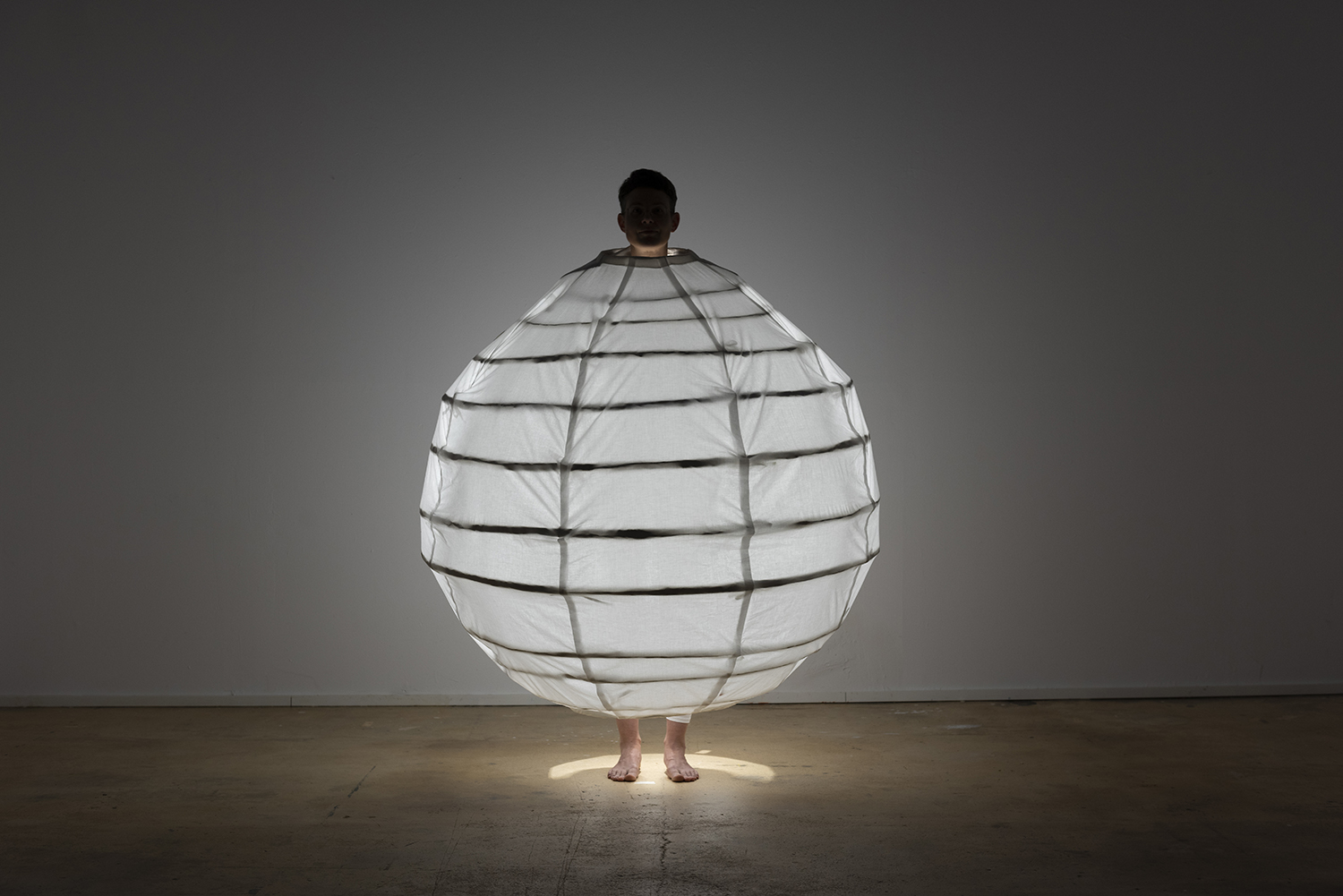
to neither rise nor sink
Something that holds something else
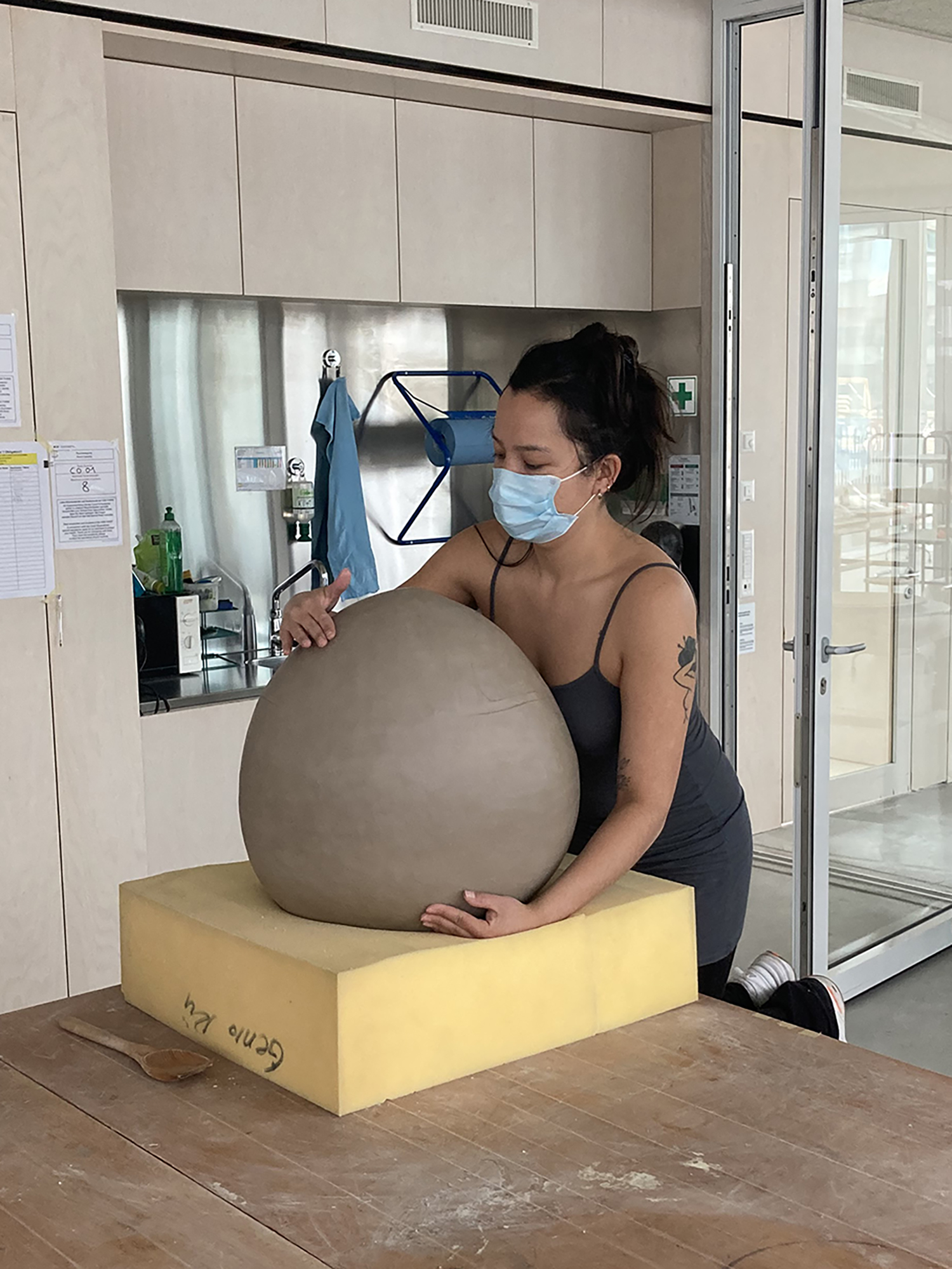
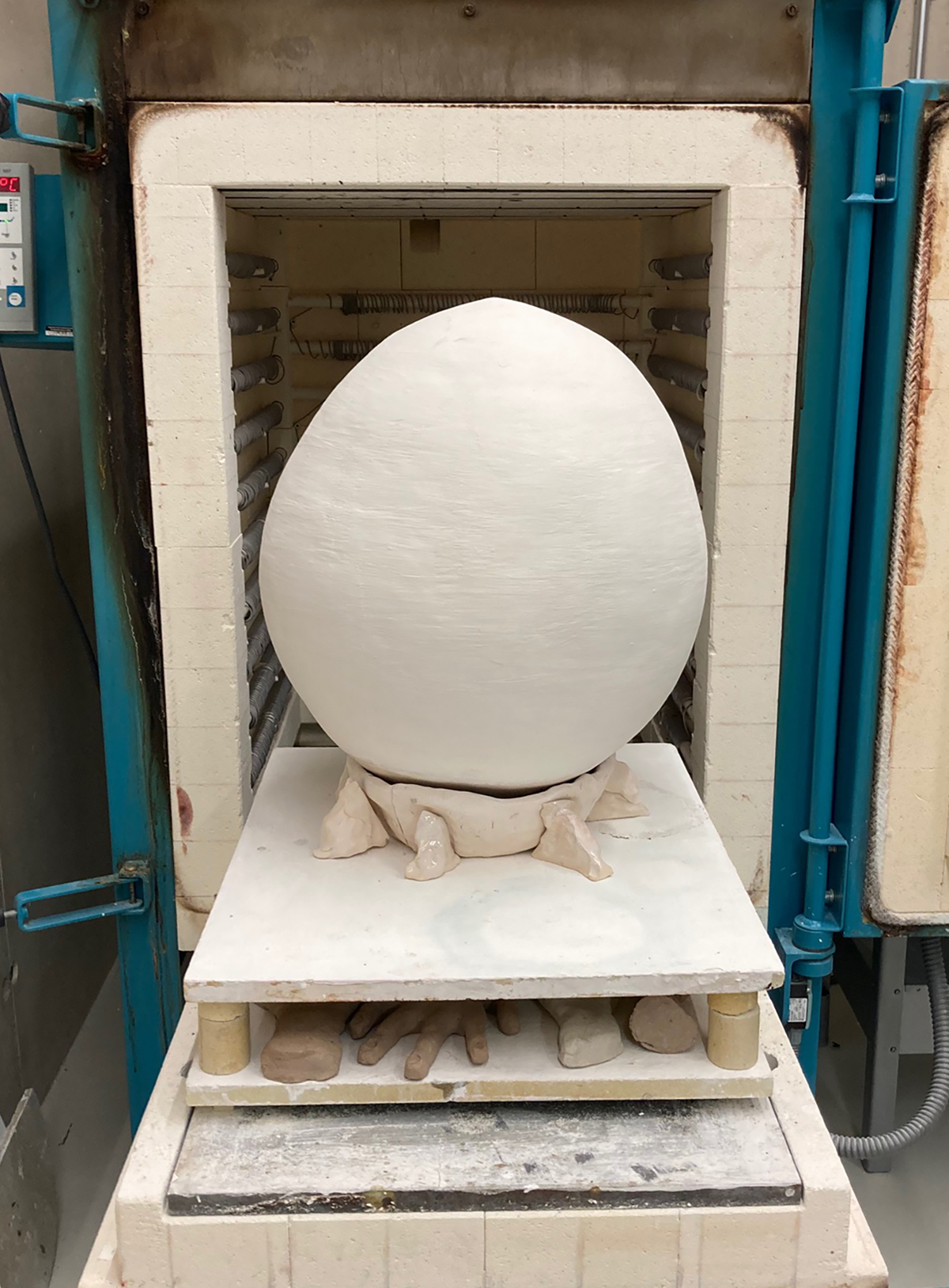
Hotel Simplon
At Giulietta Basel 2021
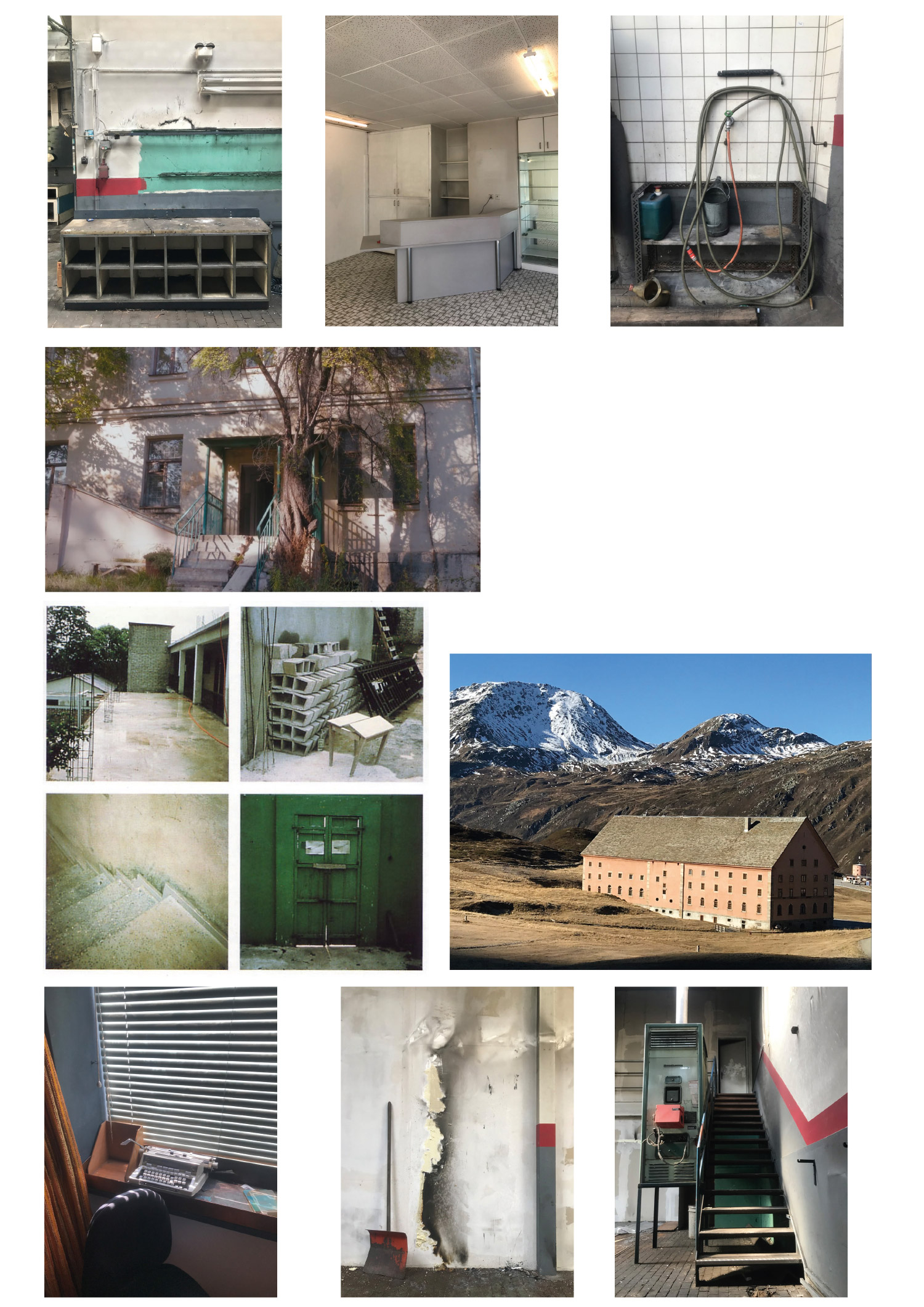
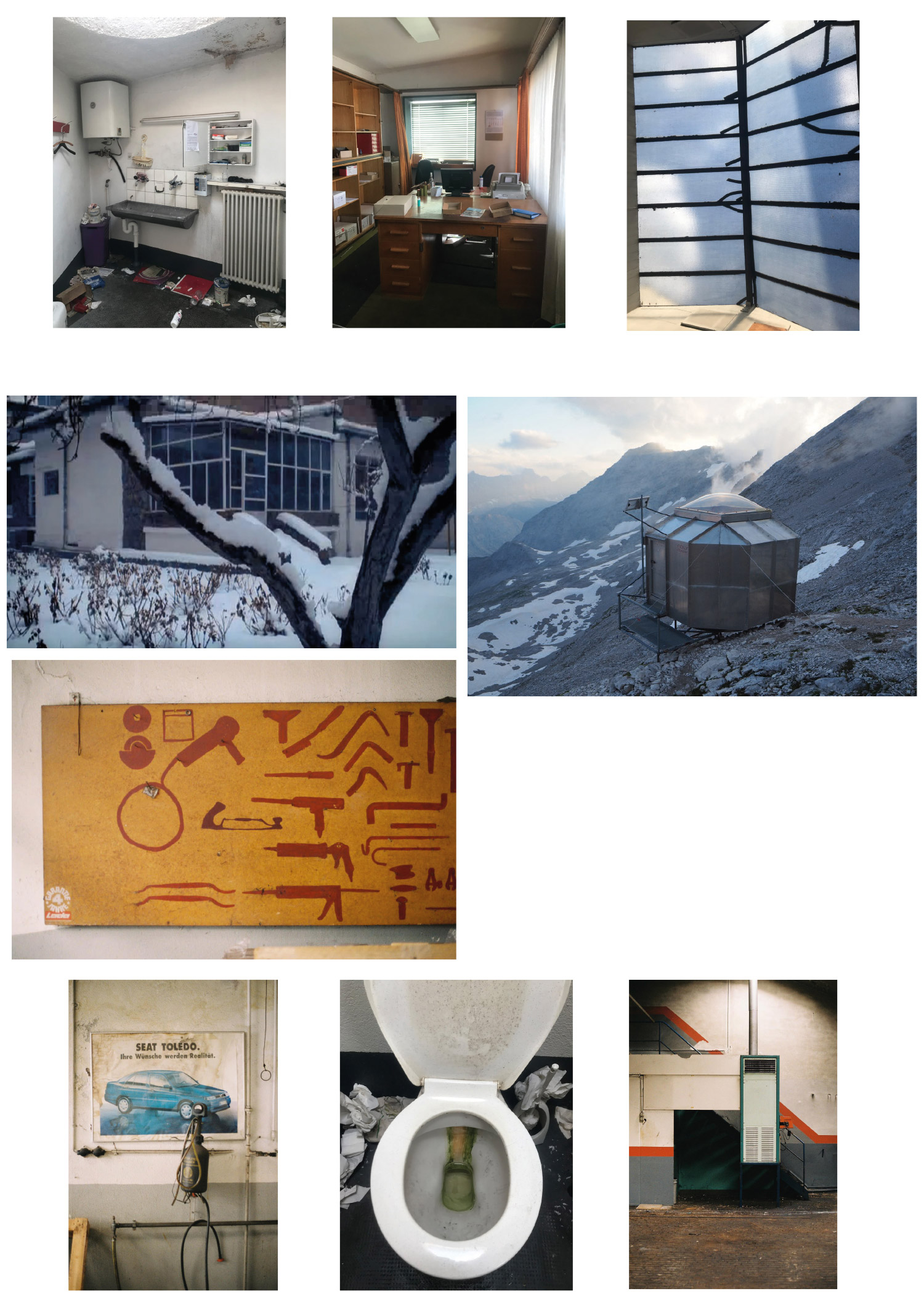
Joie de Vivre
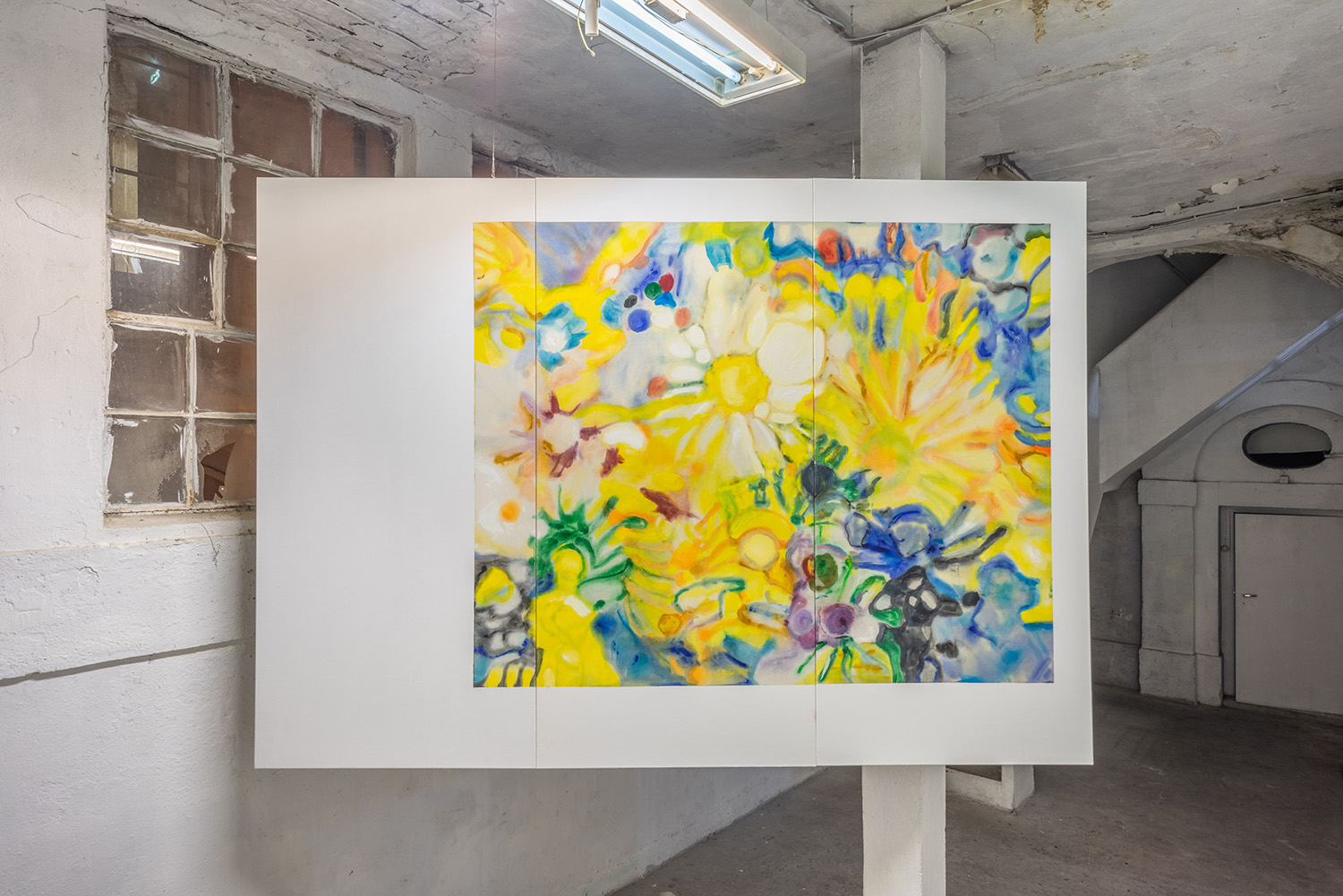
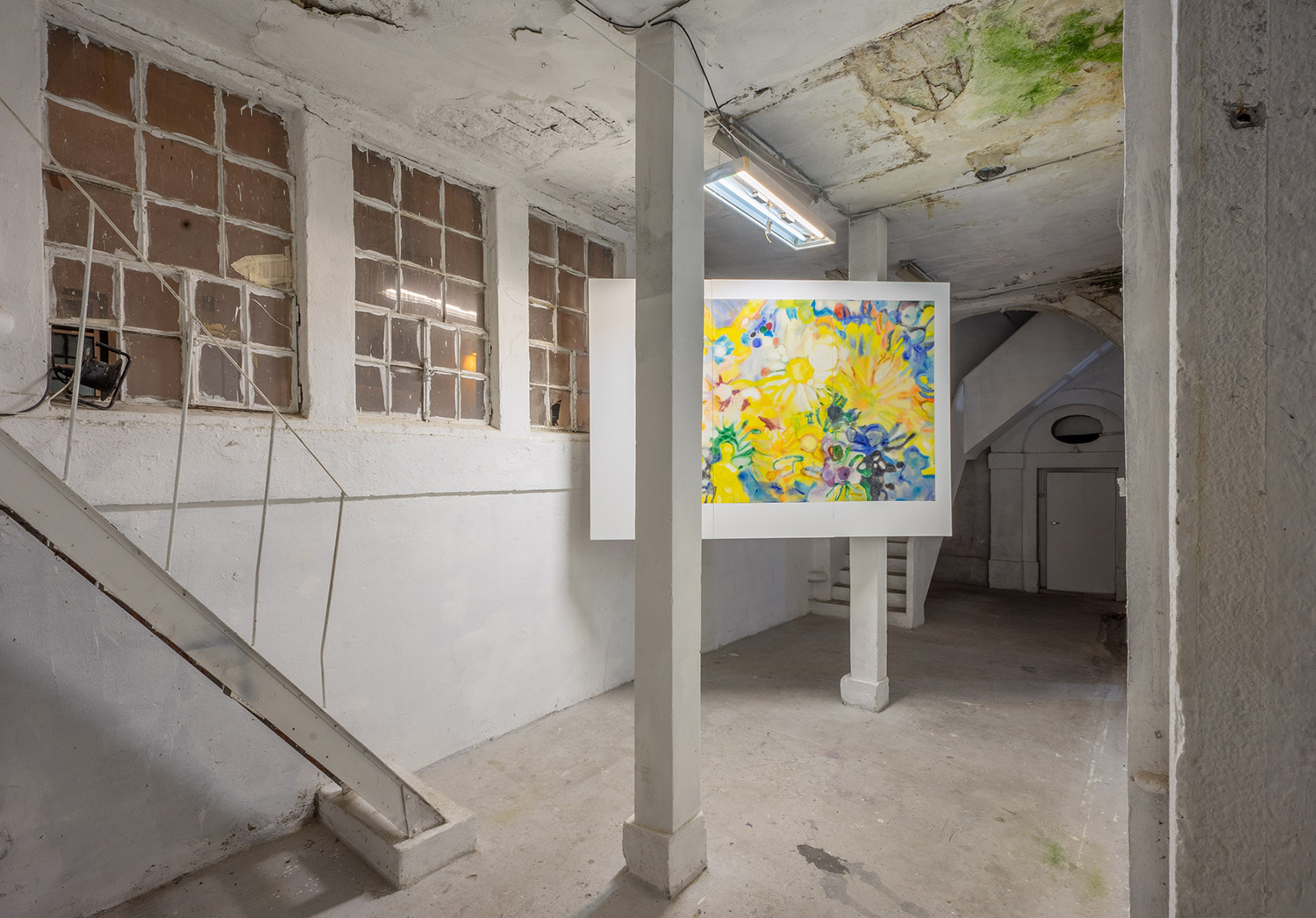
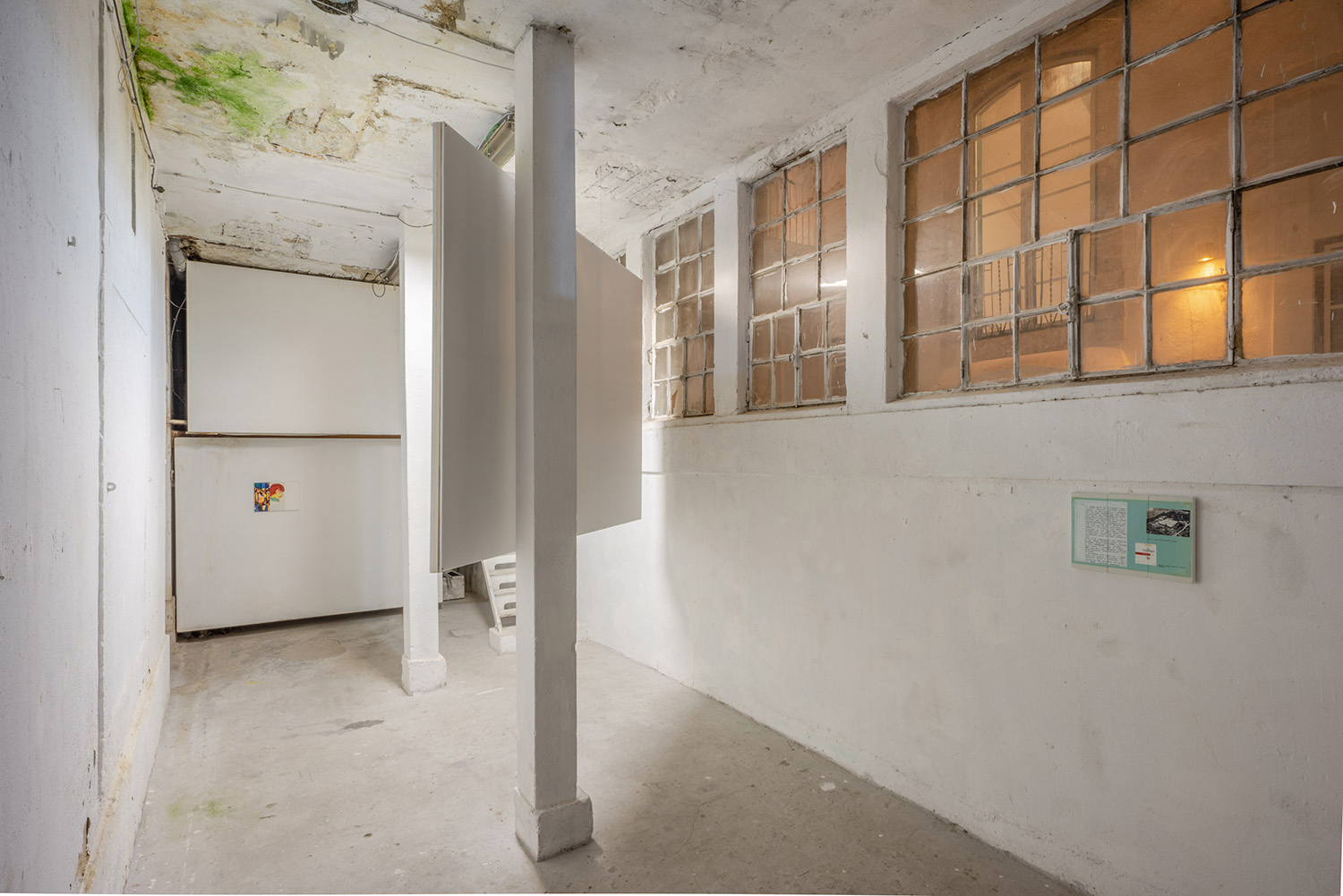
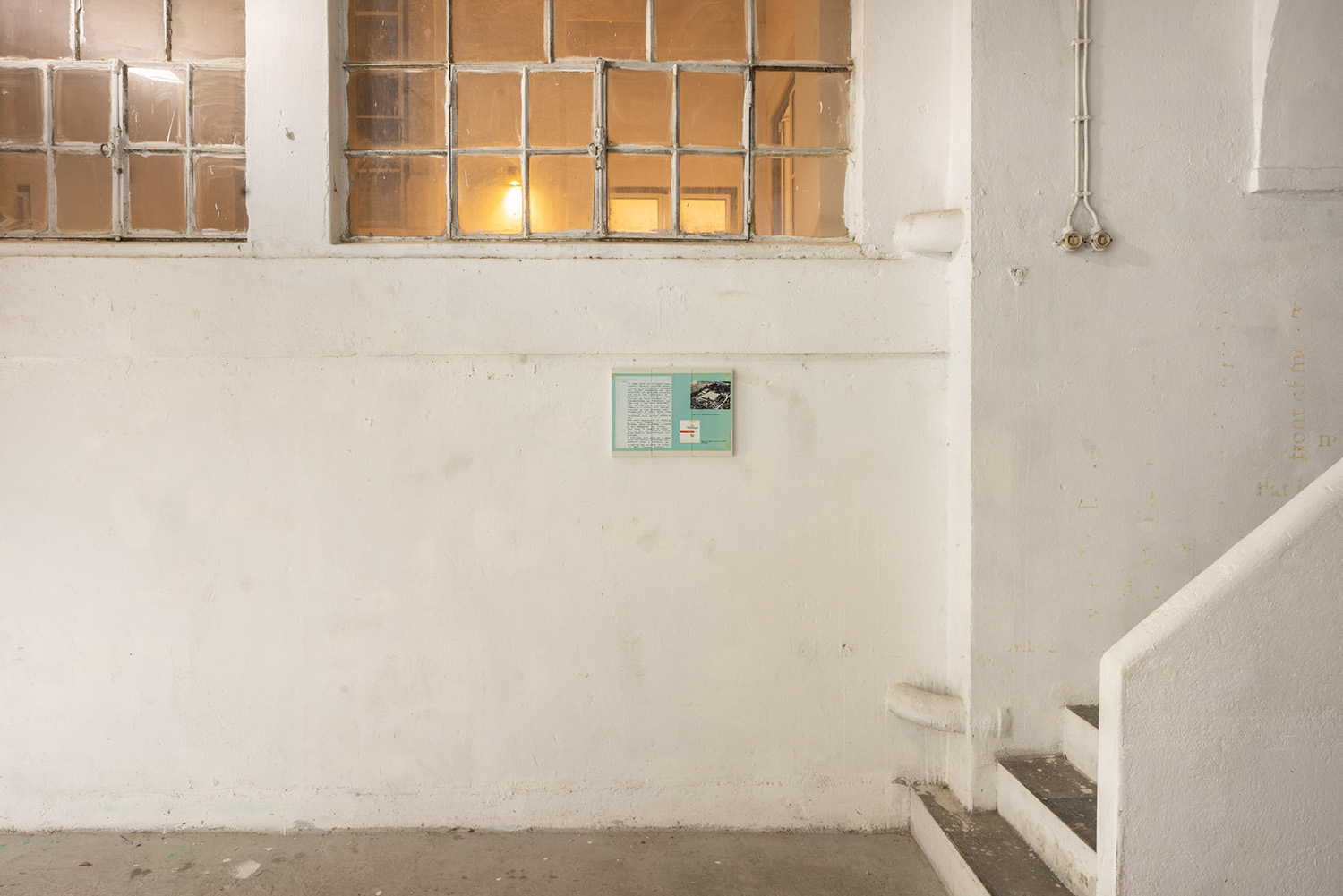
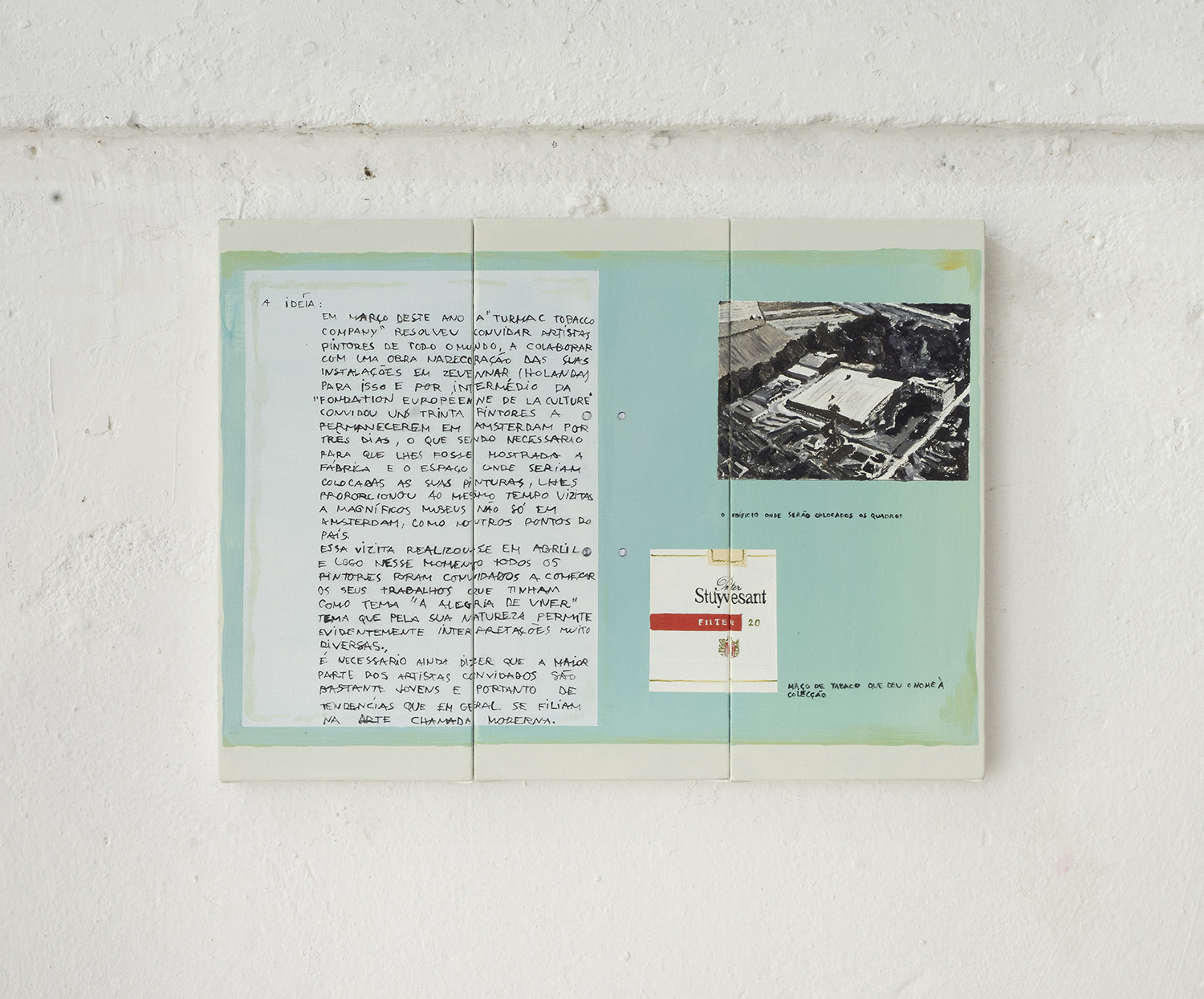
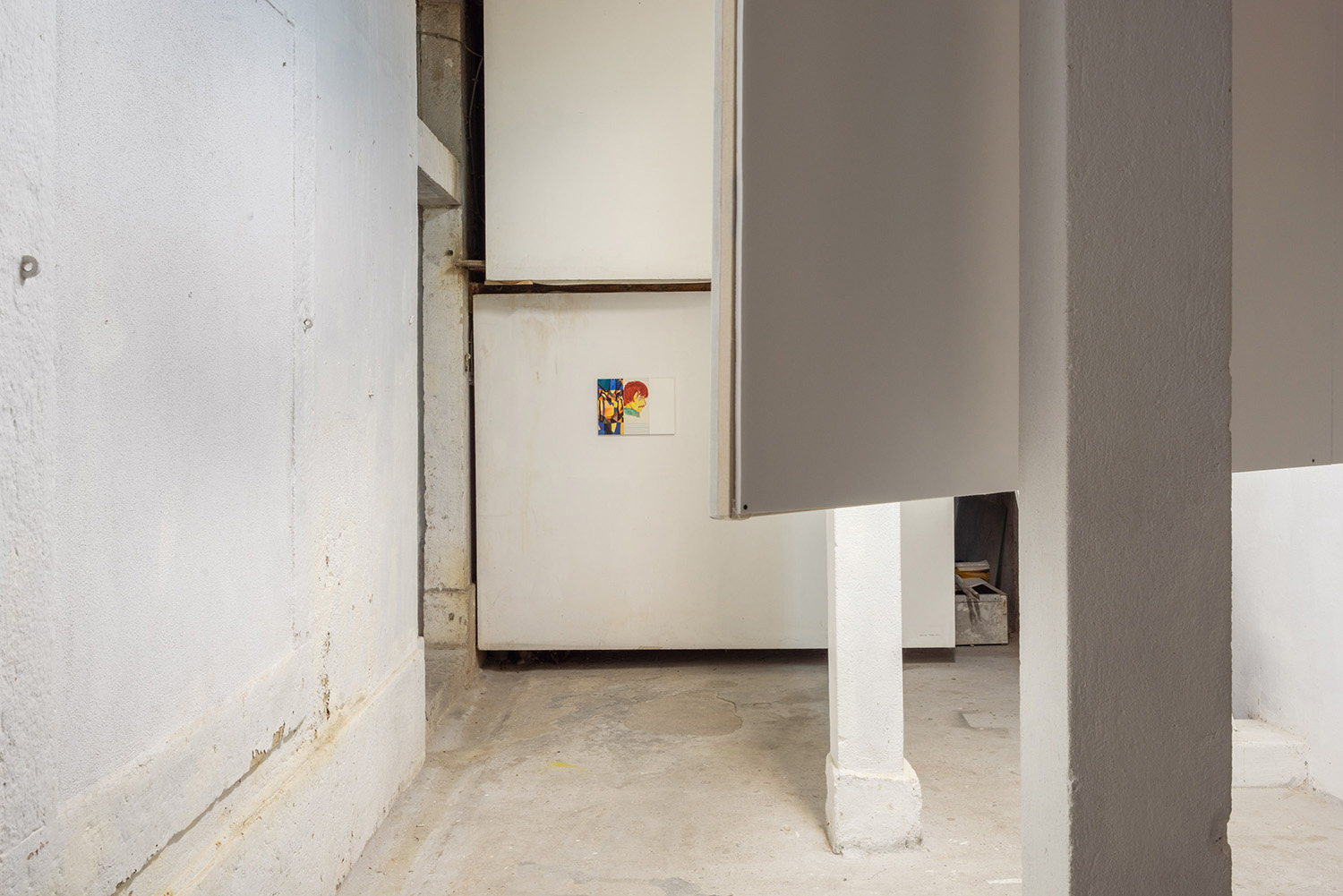


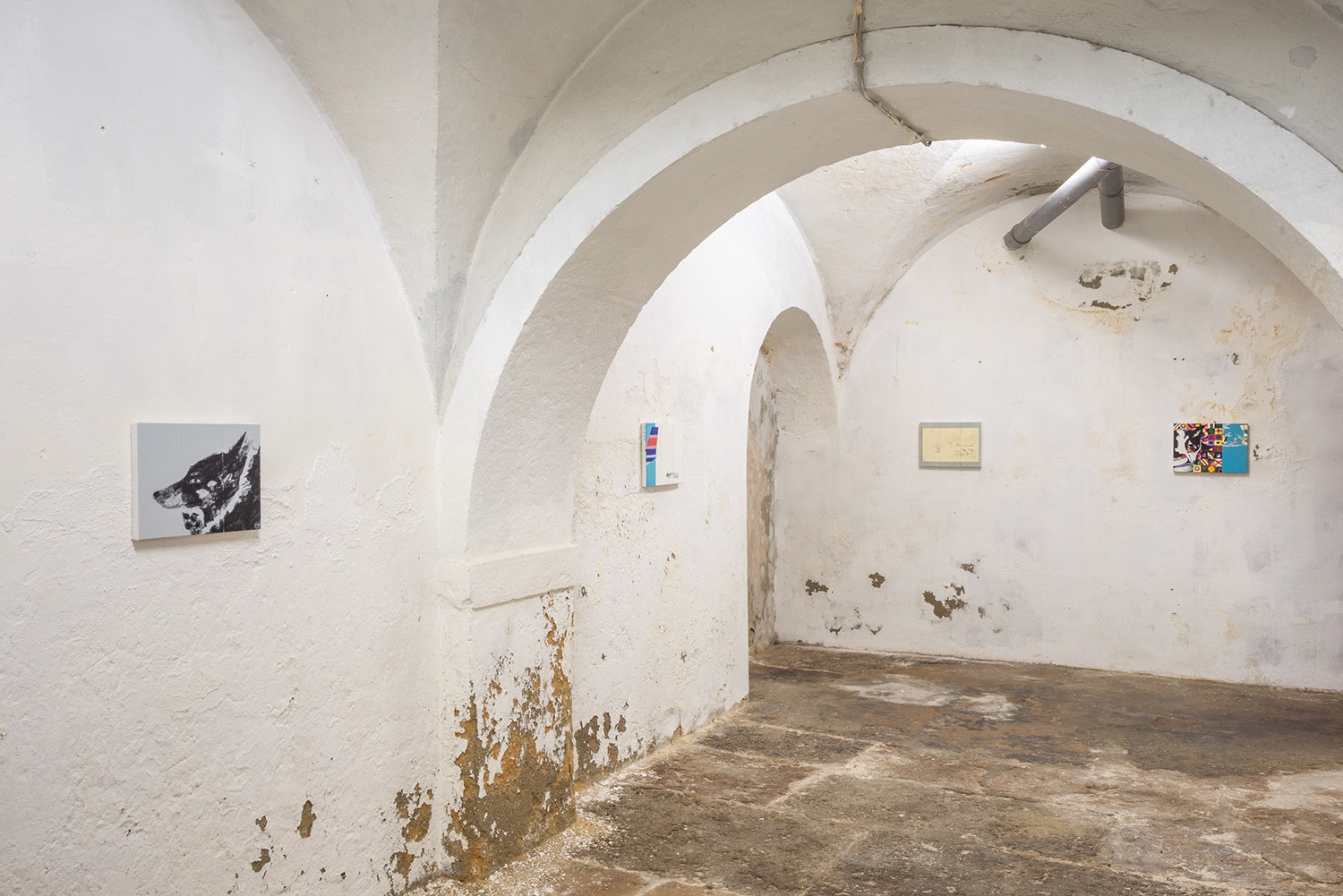
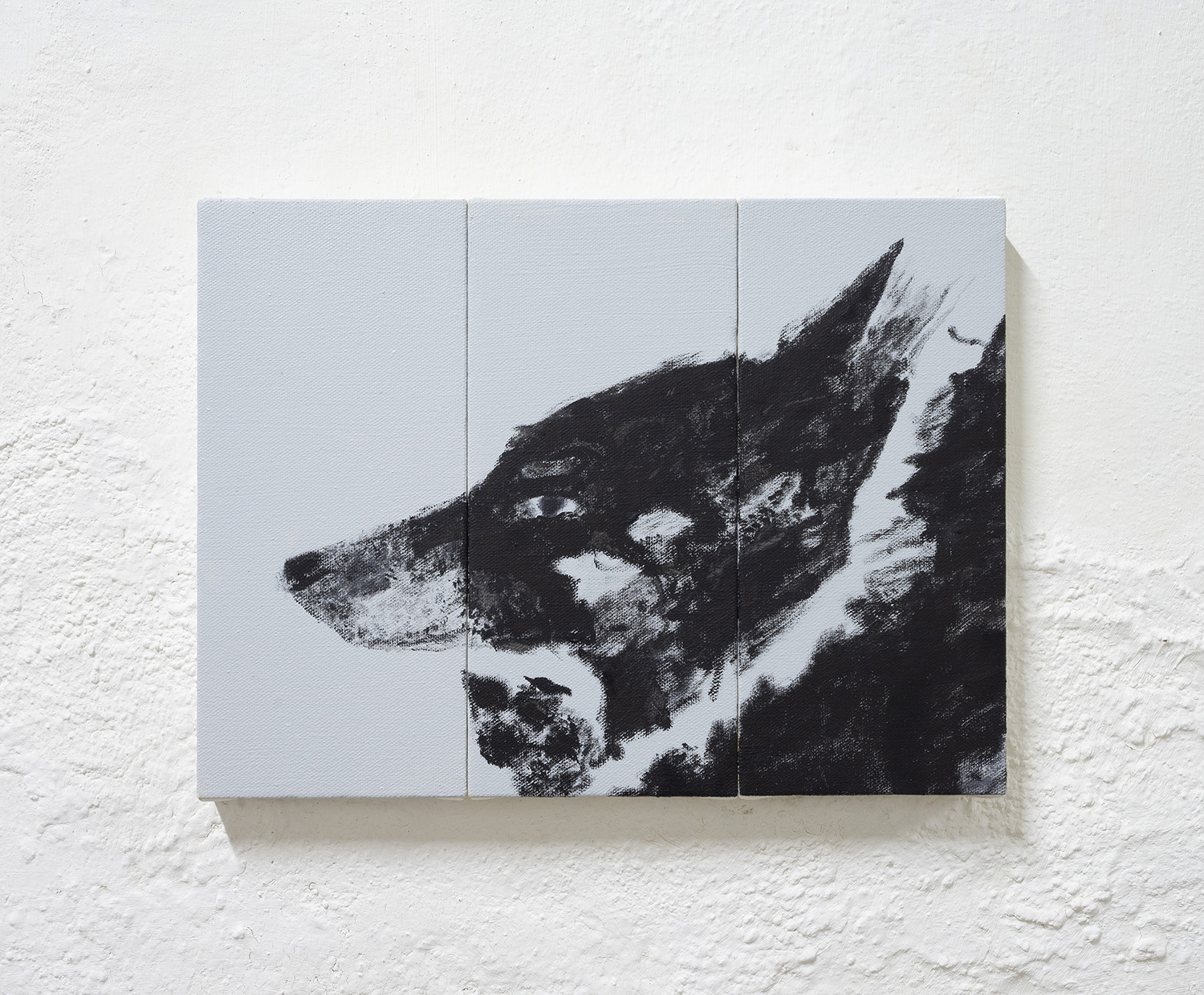
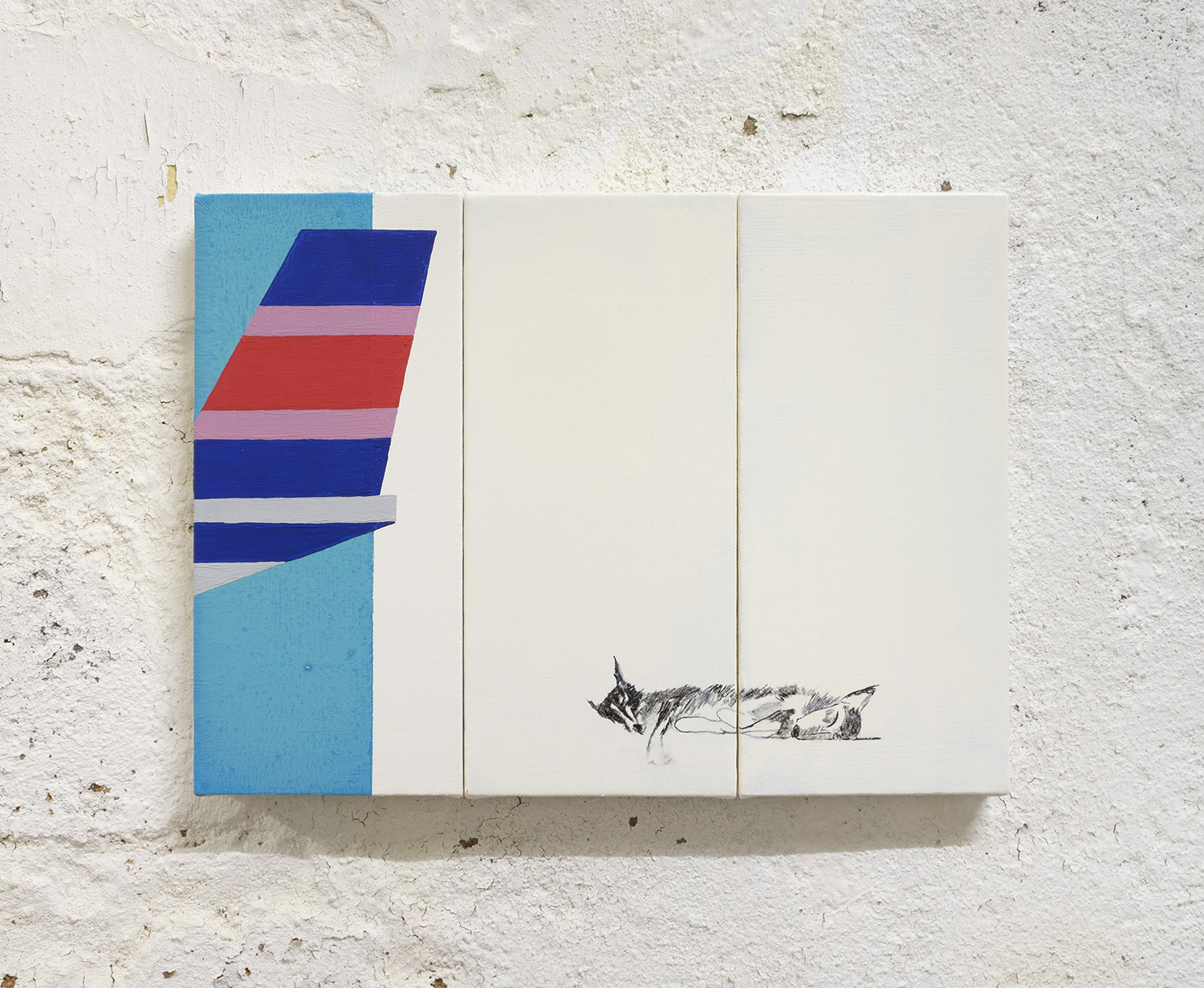
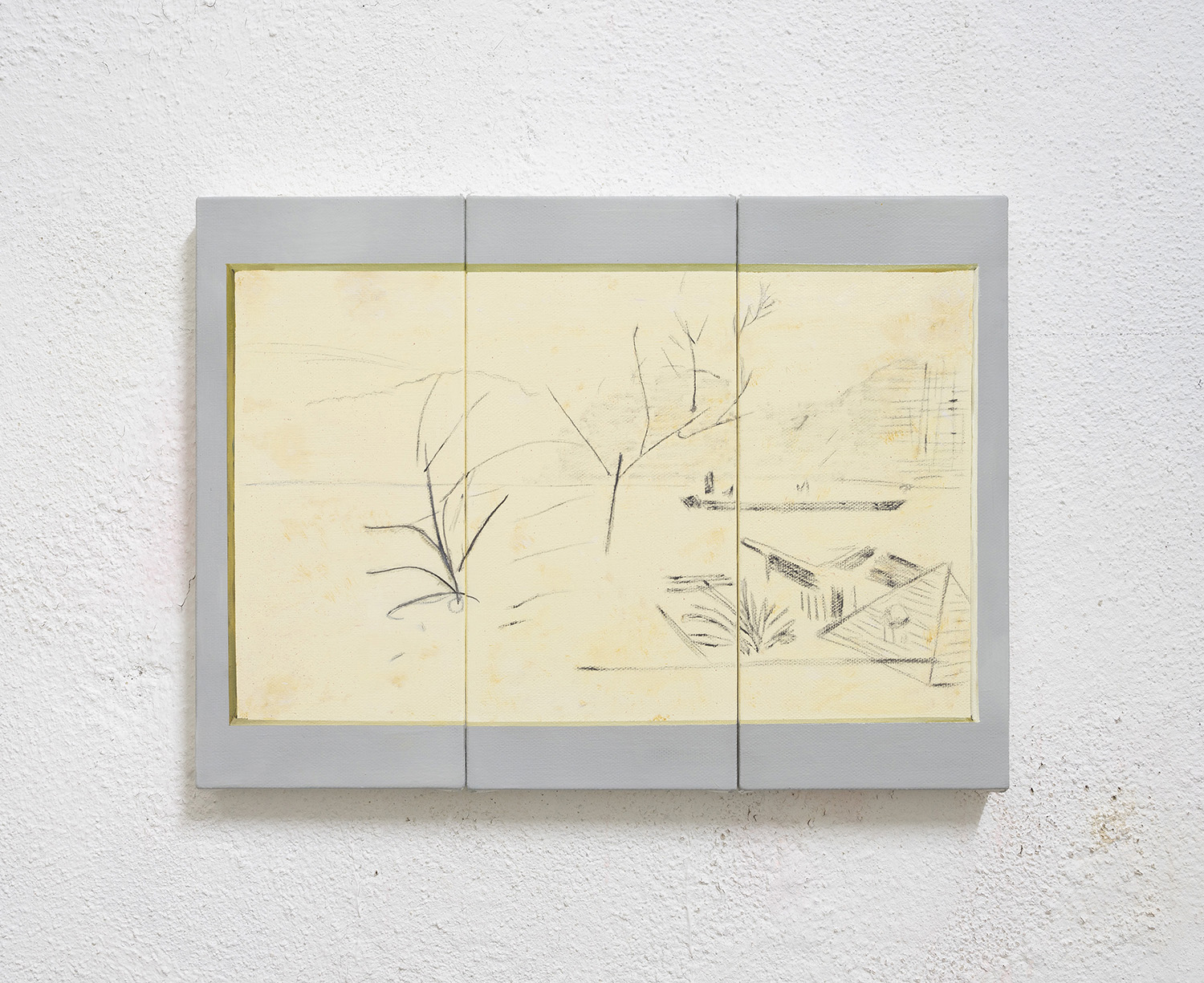
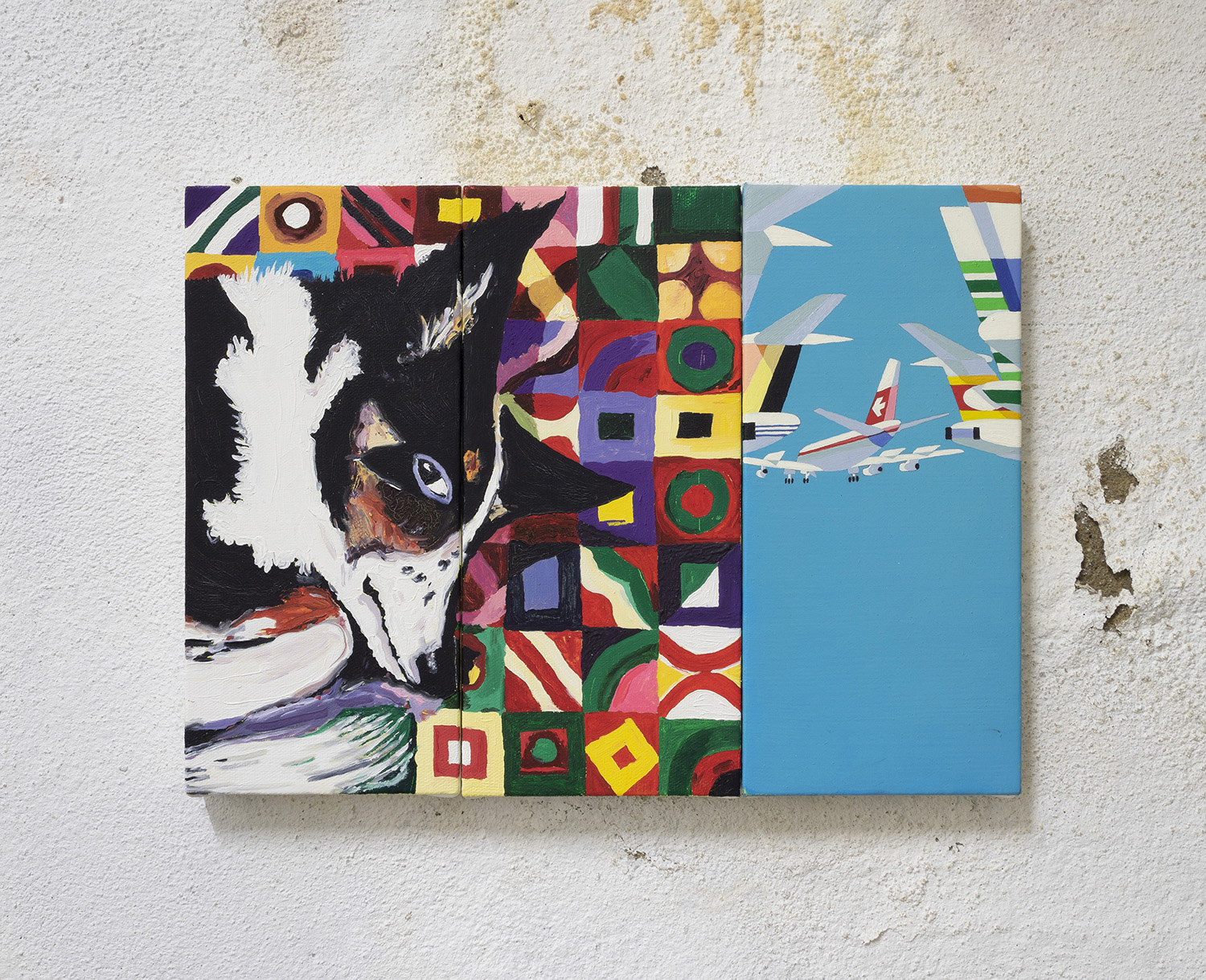
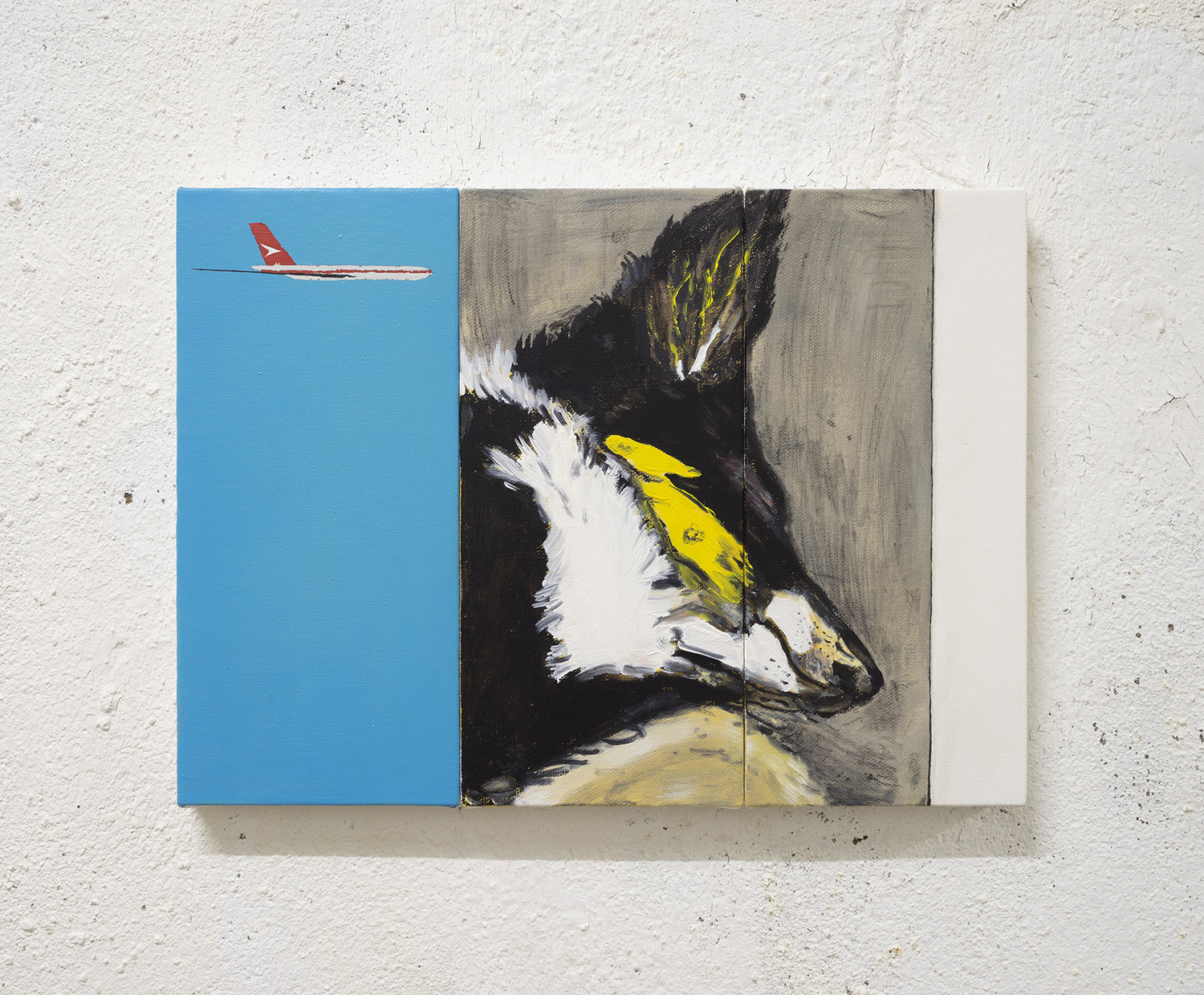

Grün
What does it take (to win your love for me)
Existential crisis
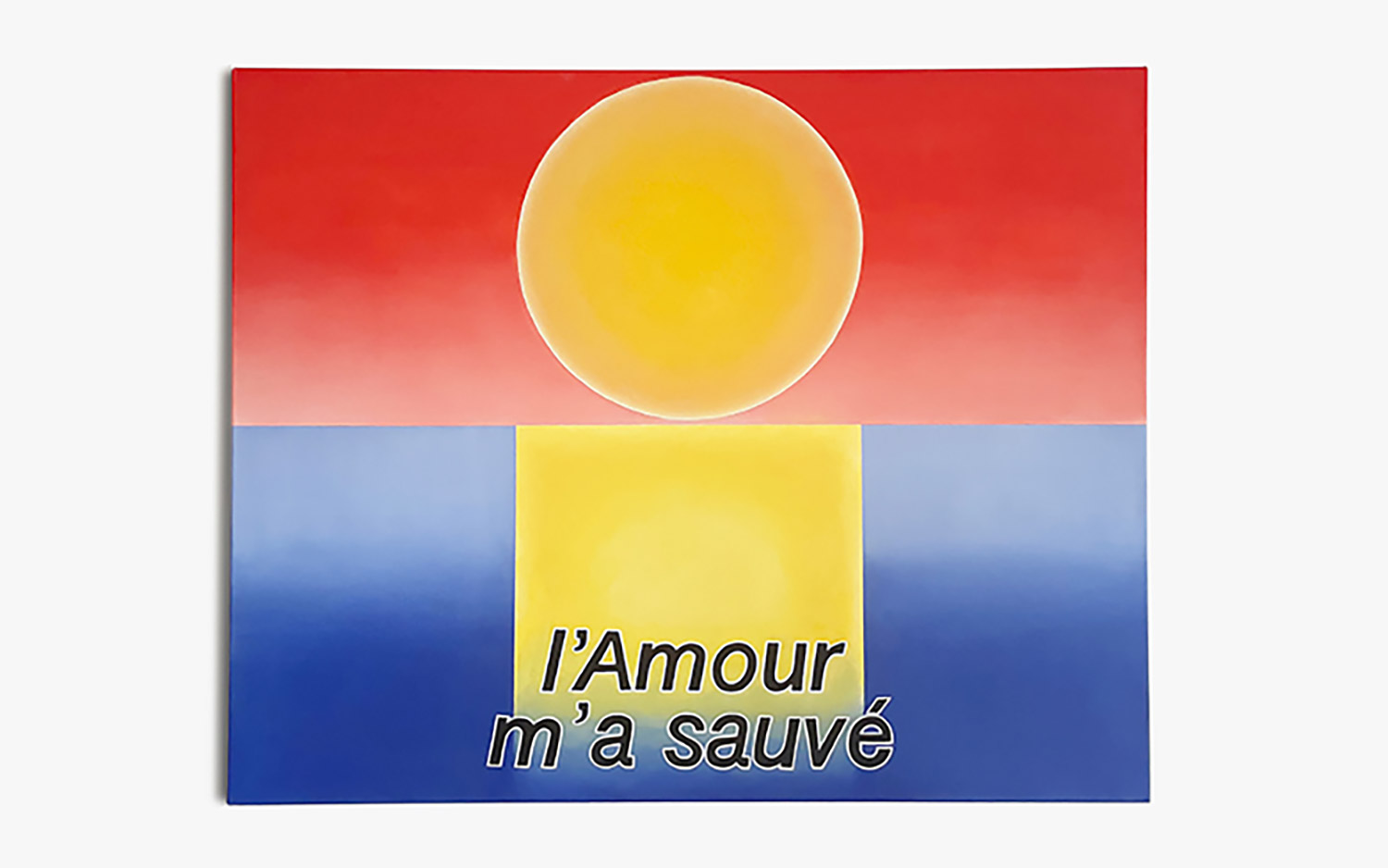 Amore, 2021, Oil on canvas, 80 x 100 cm
Amore, 2021, Oil on canvas, 80 x 100 cmI Imagine a Pass in My Head
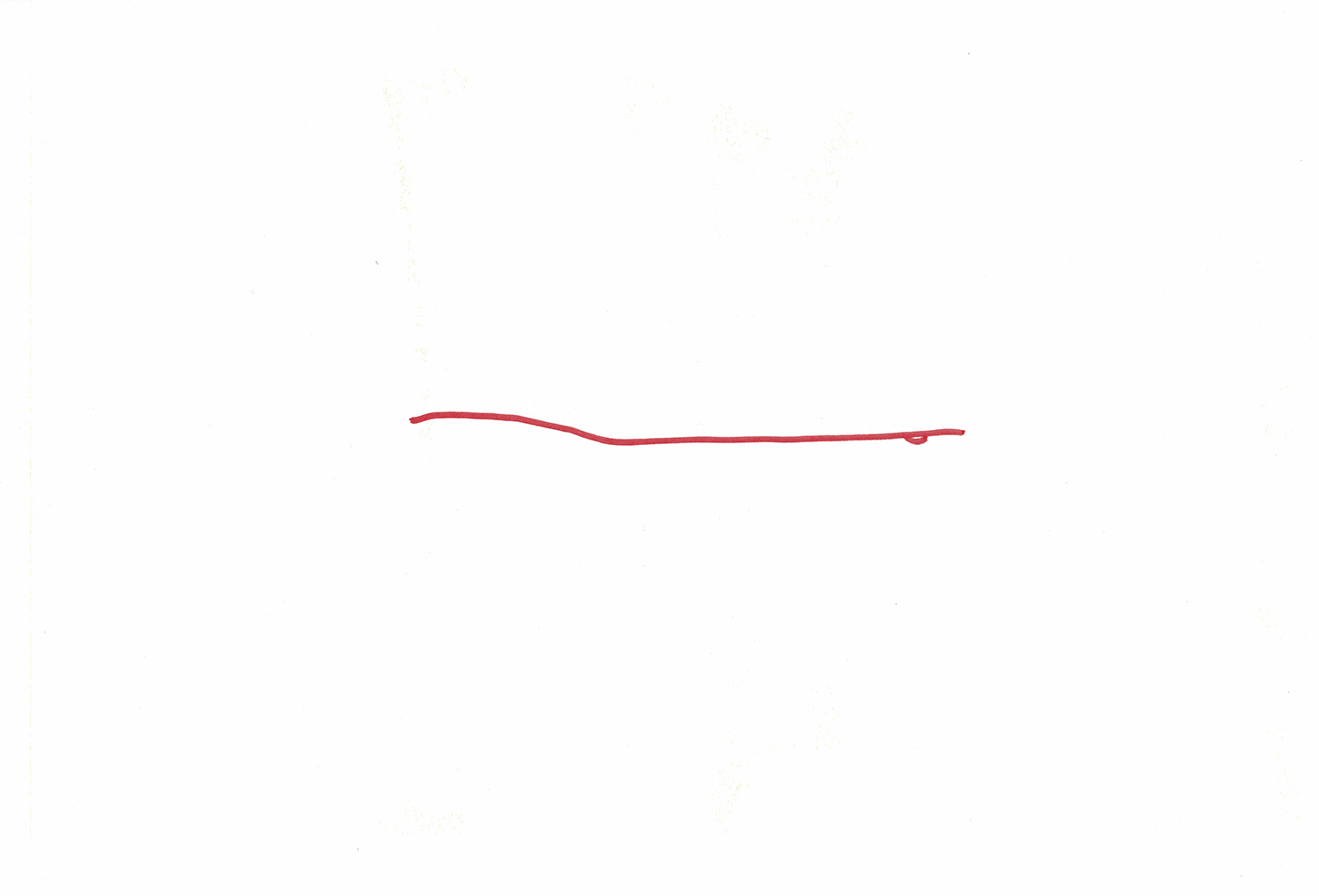

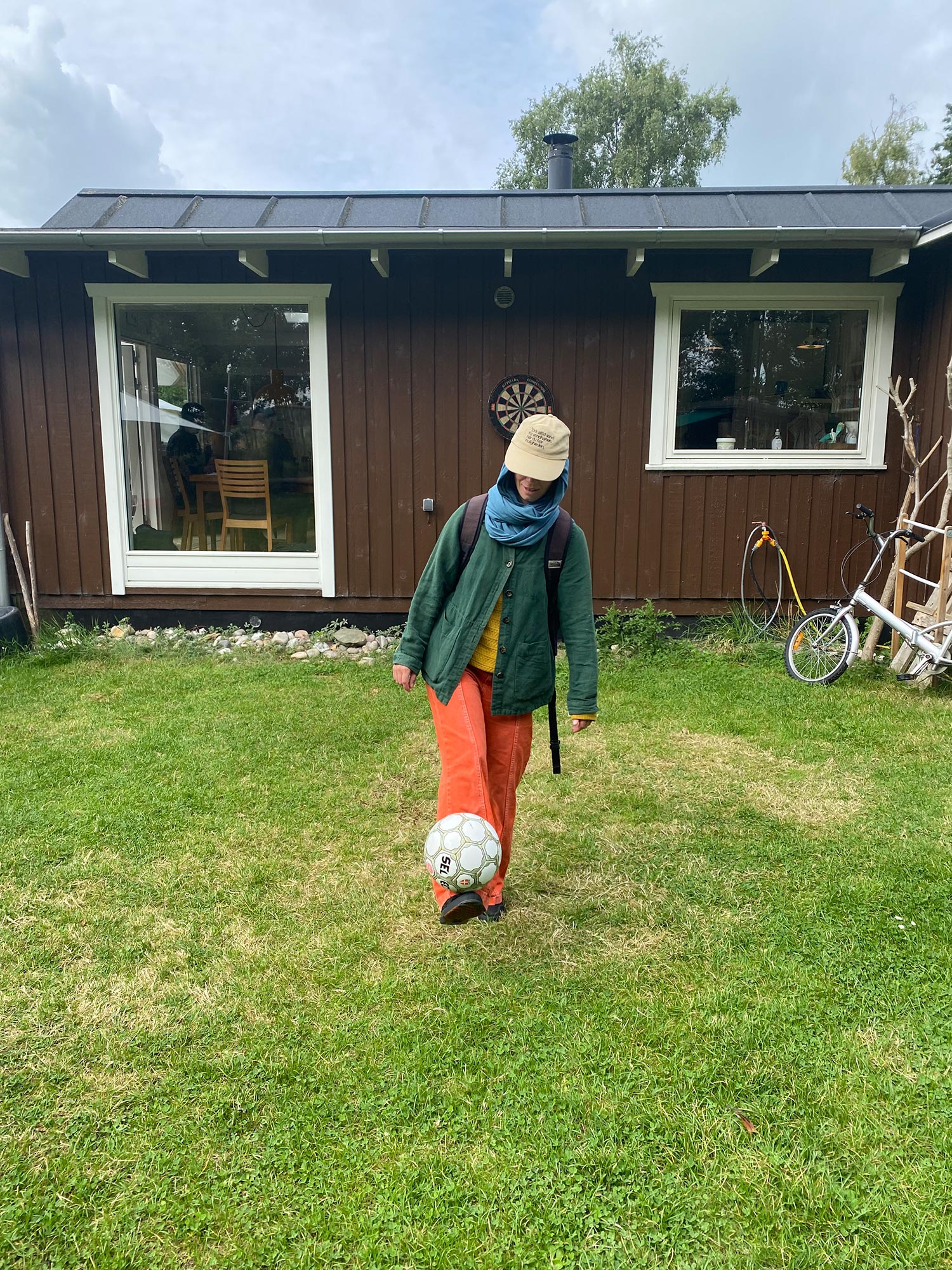
MULHER PROFISSIONAL
